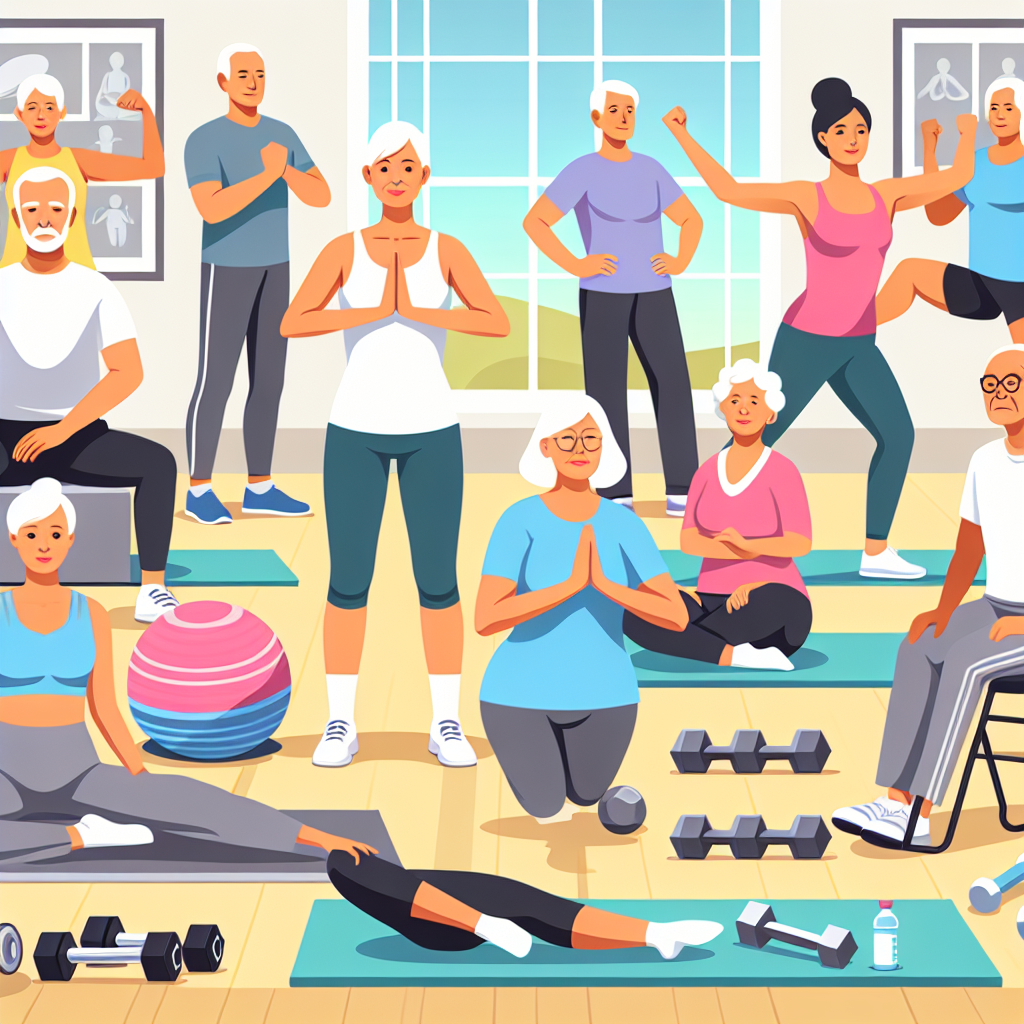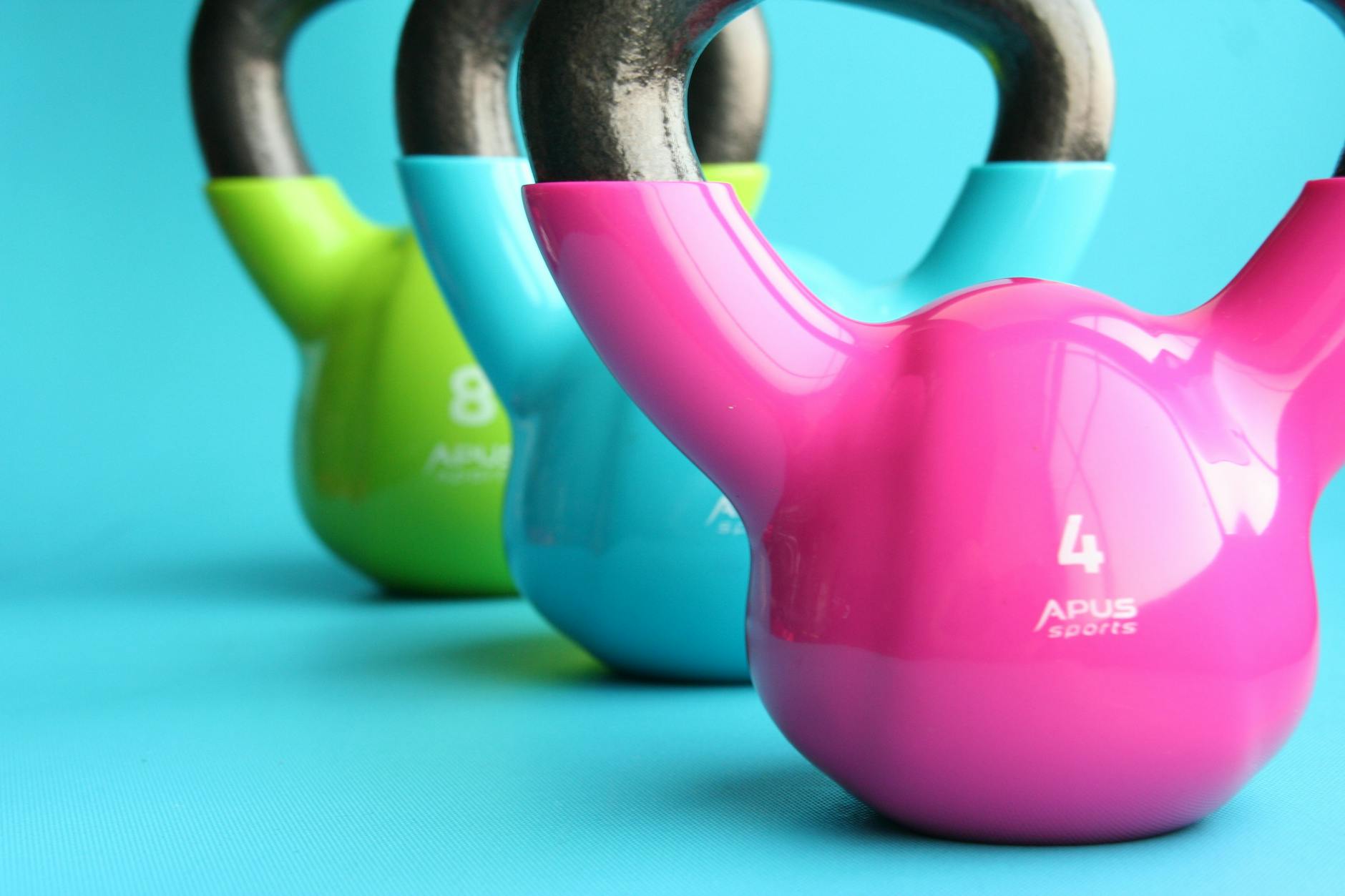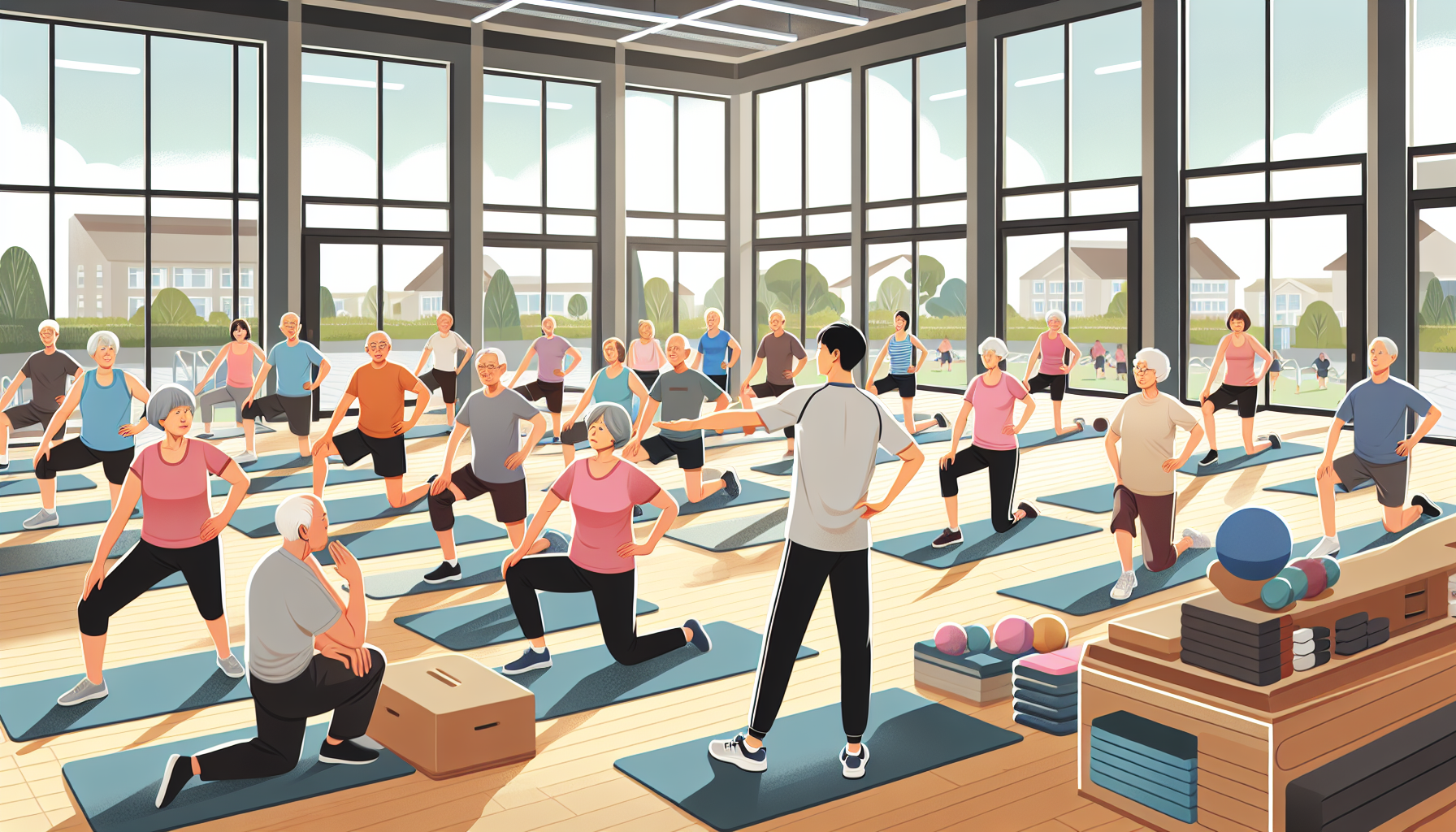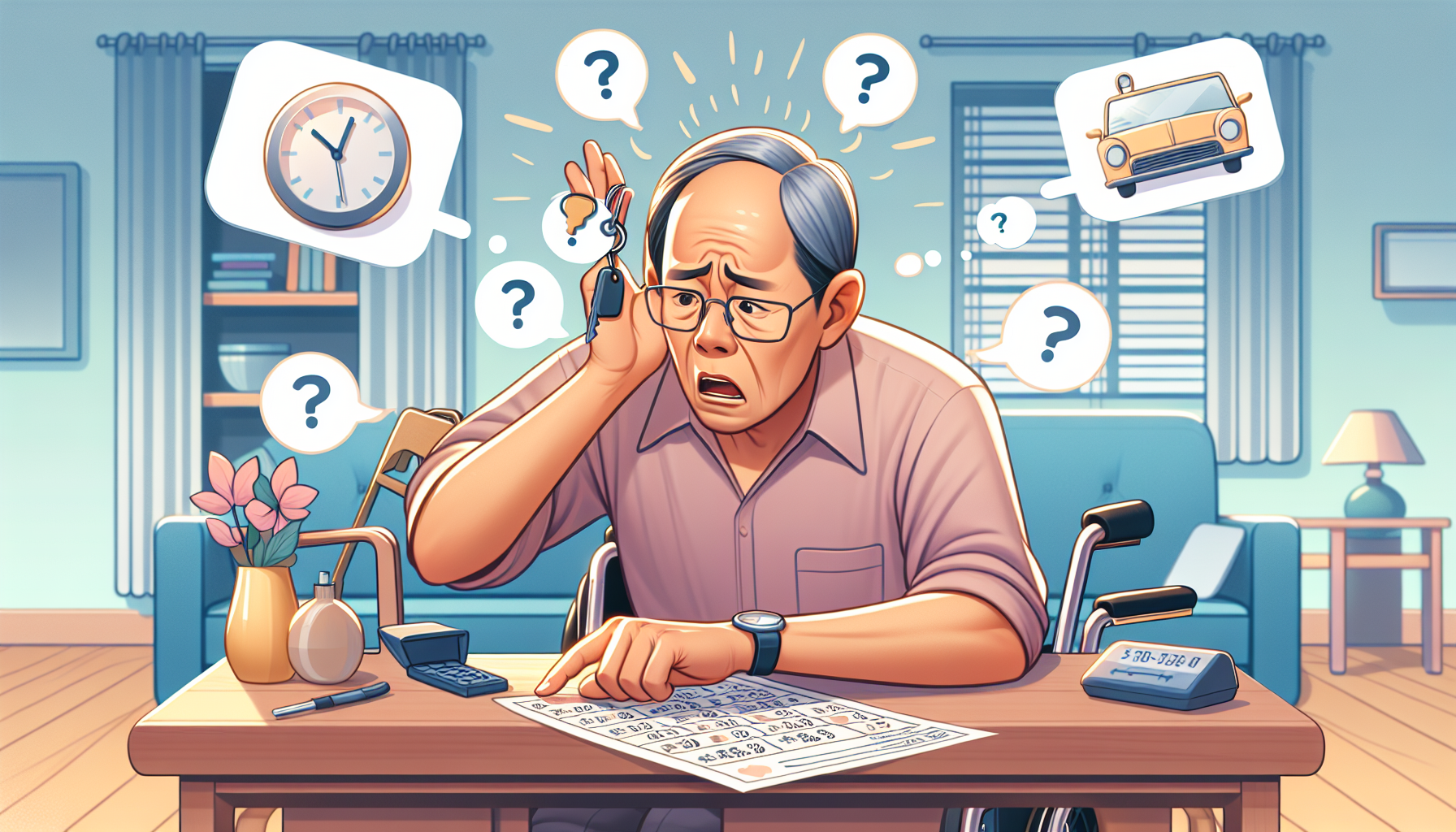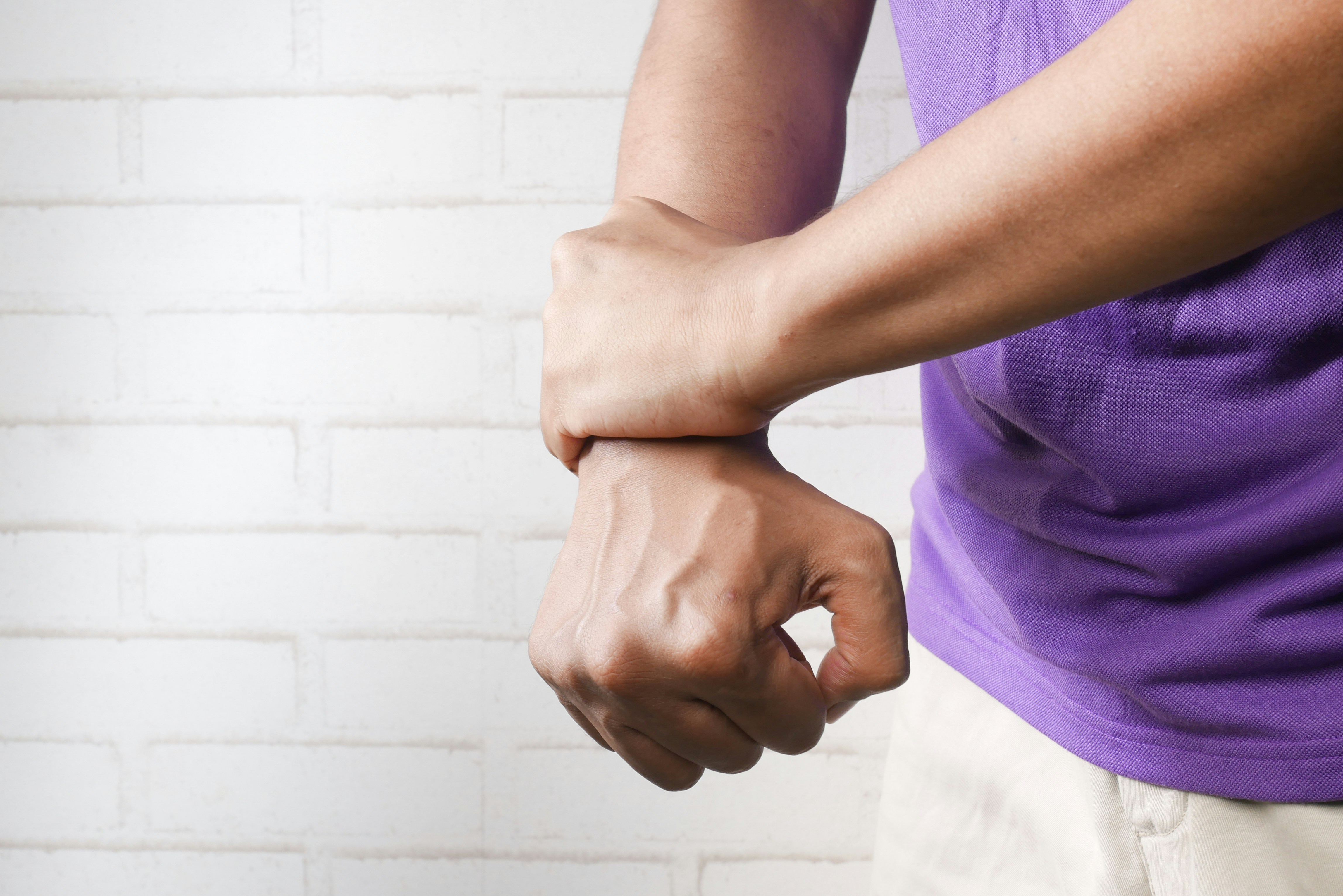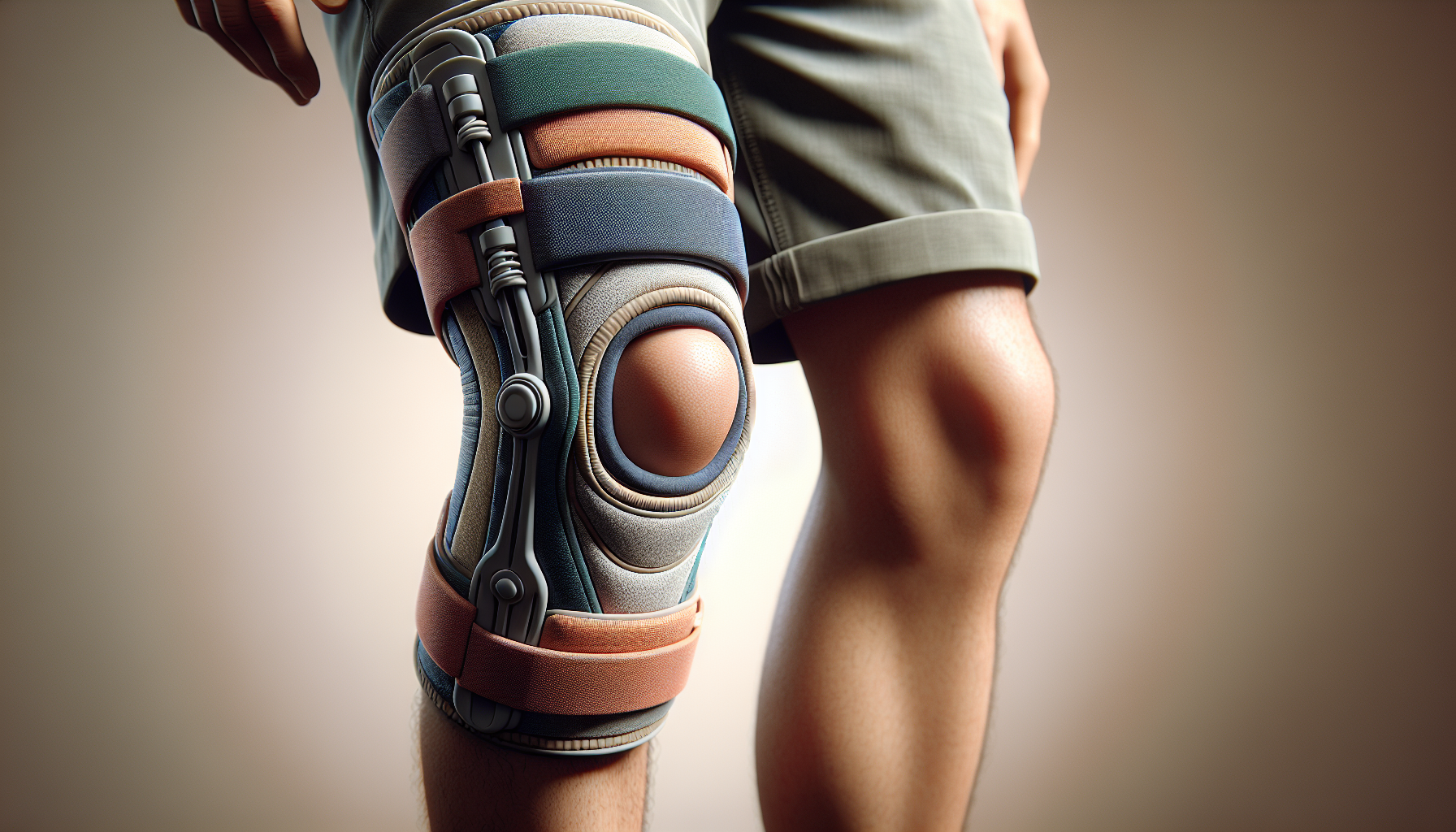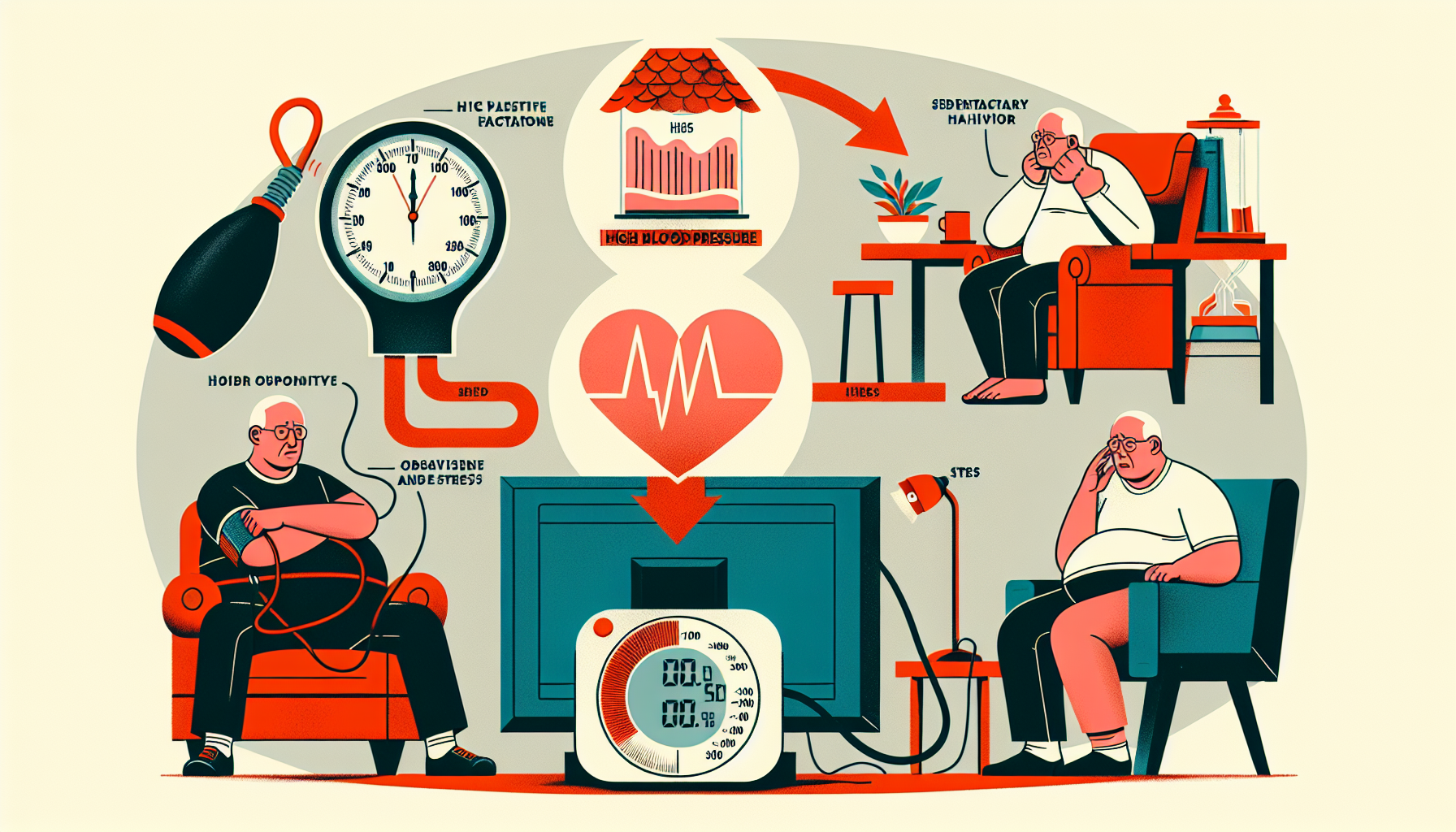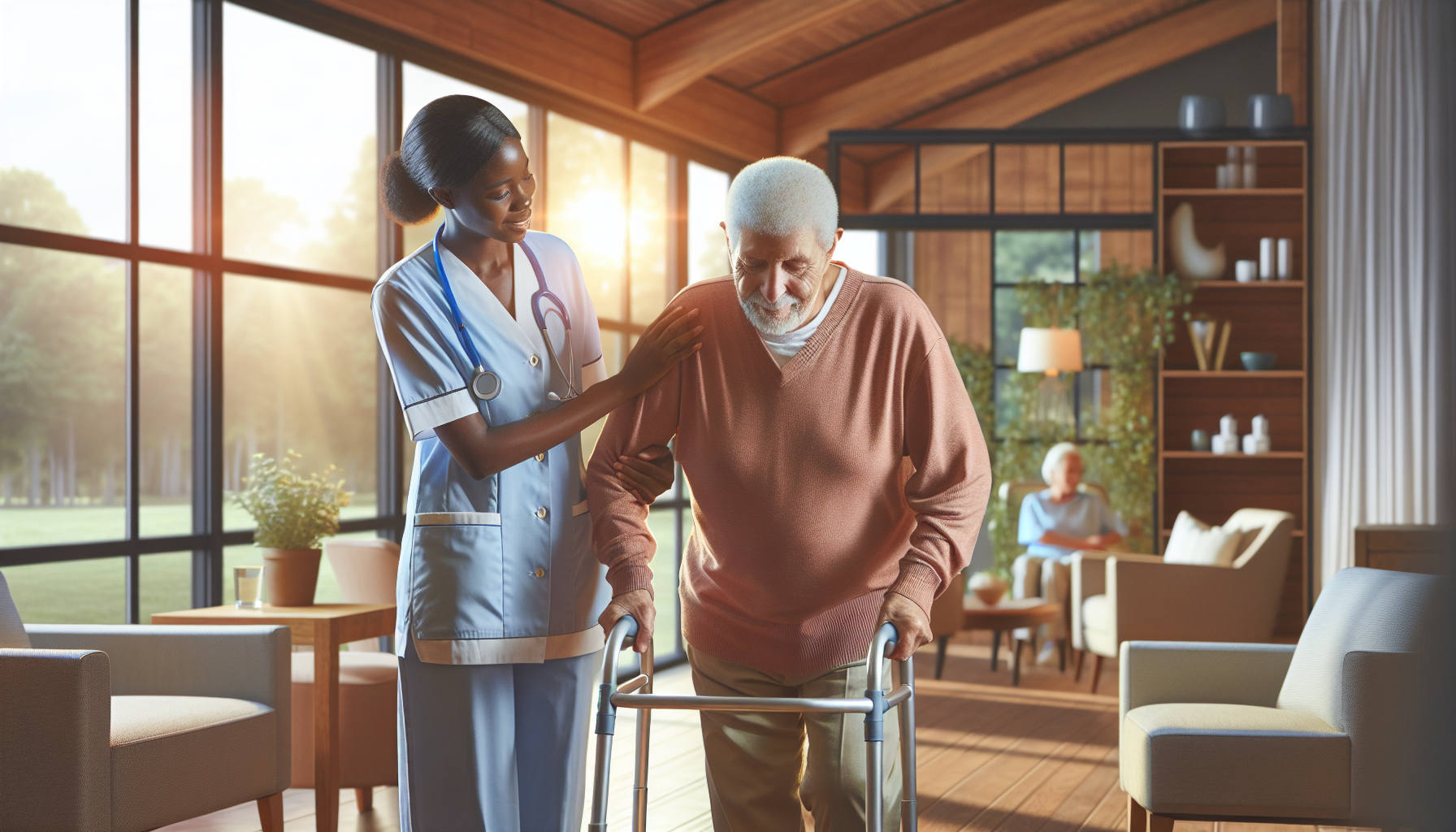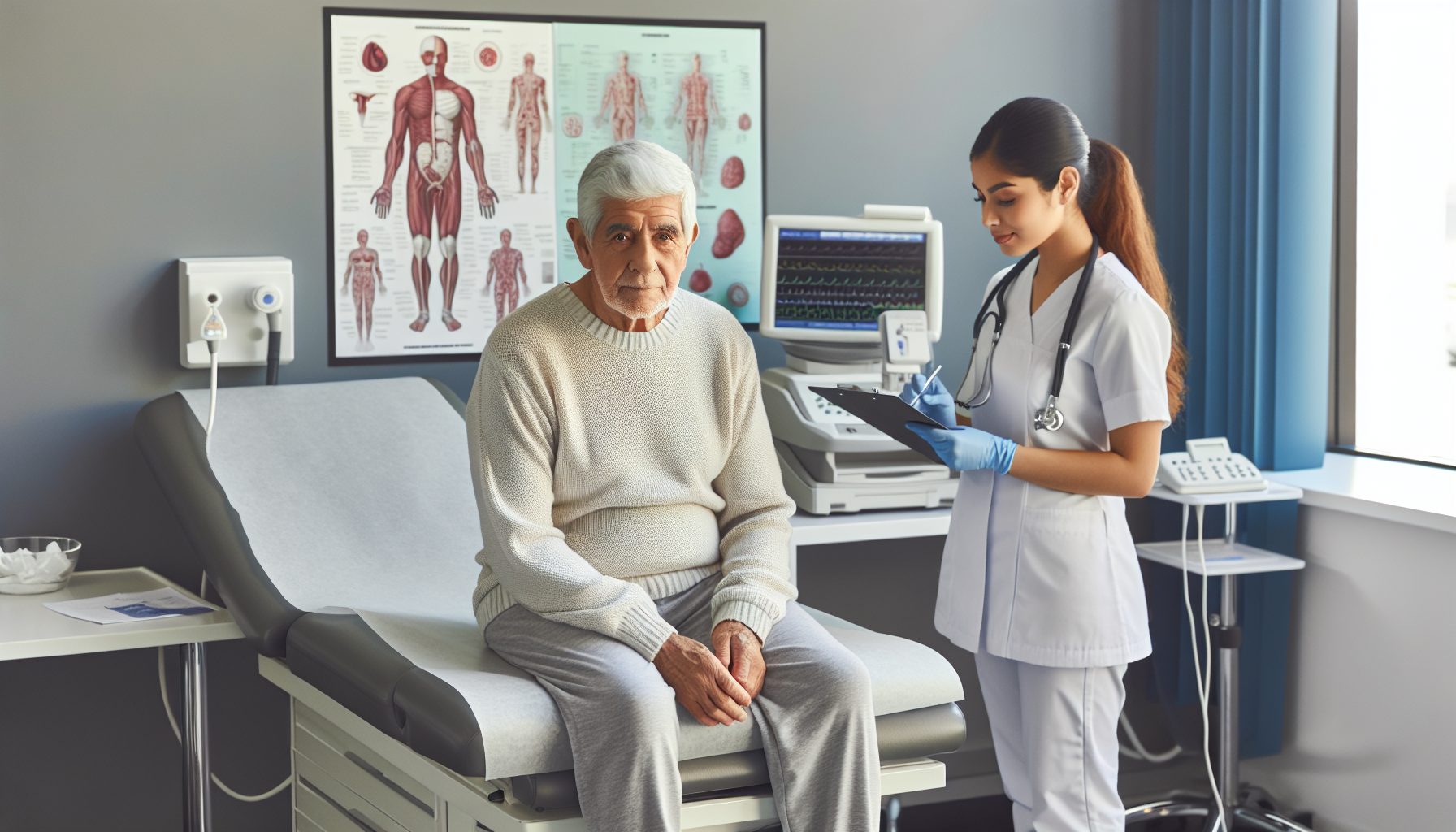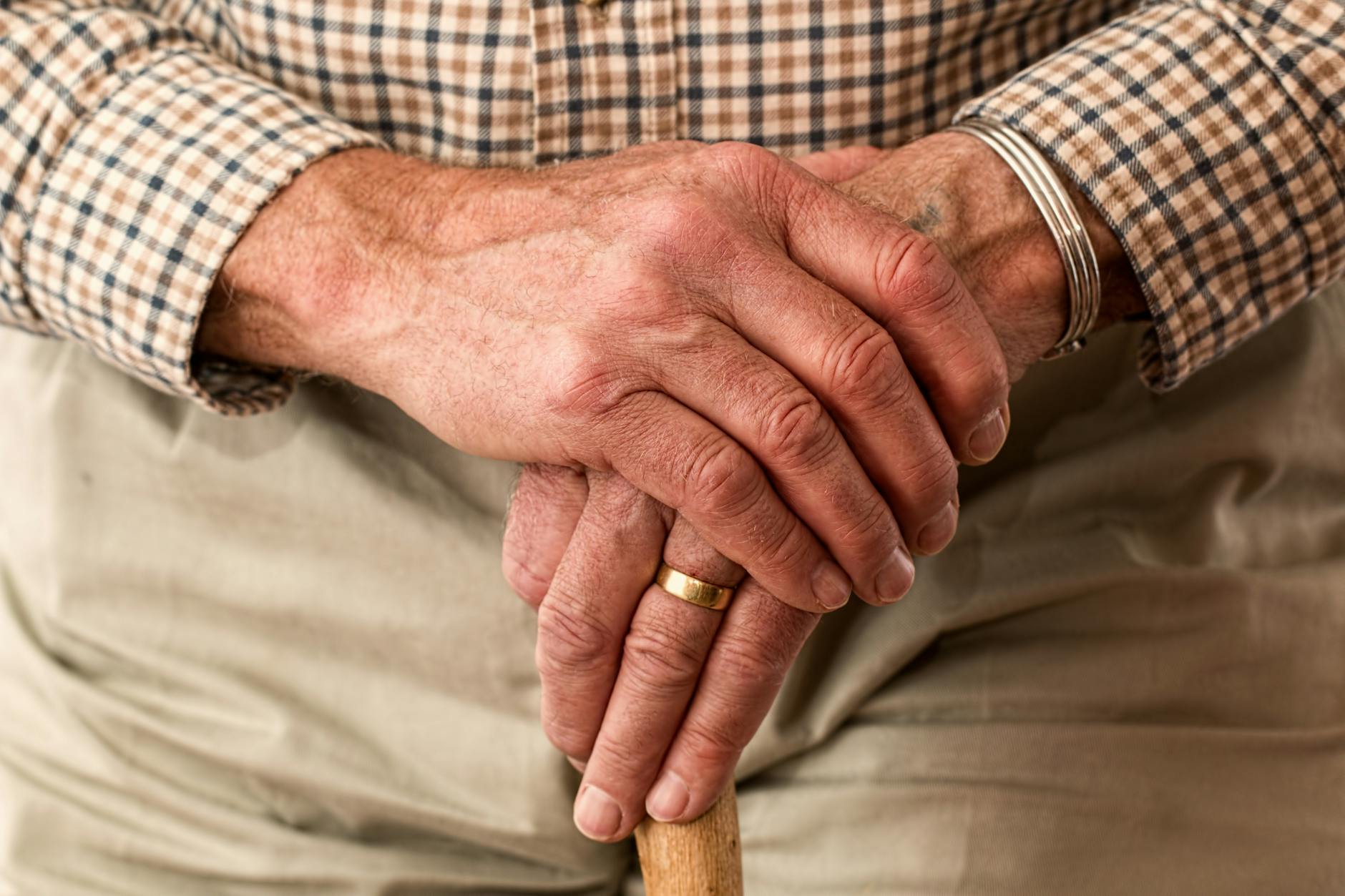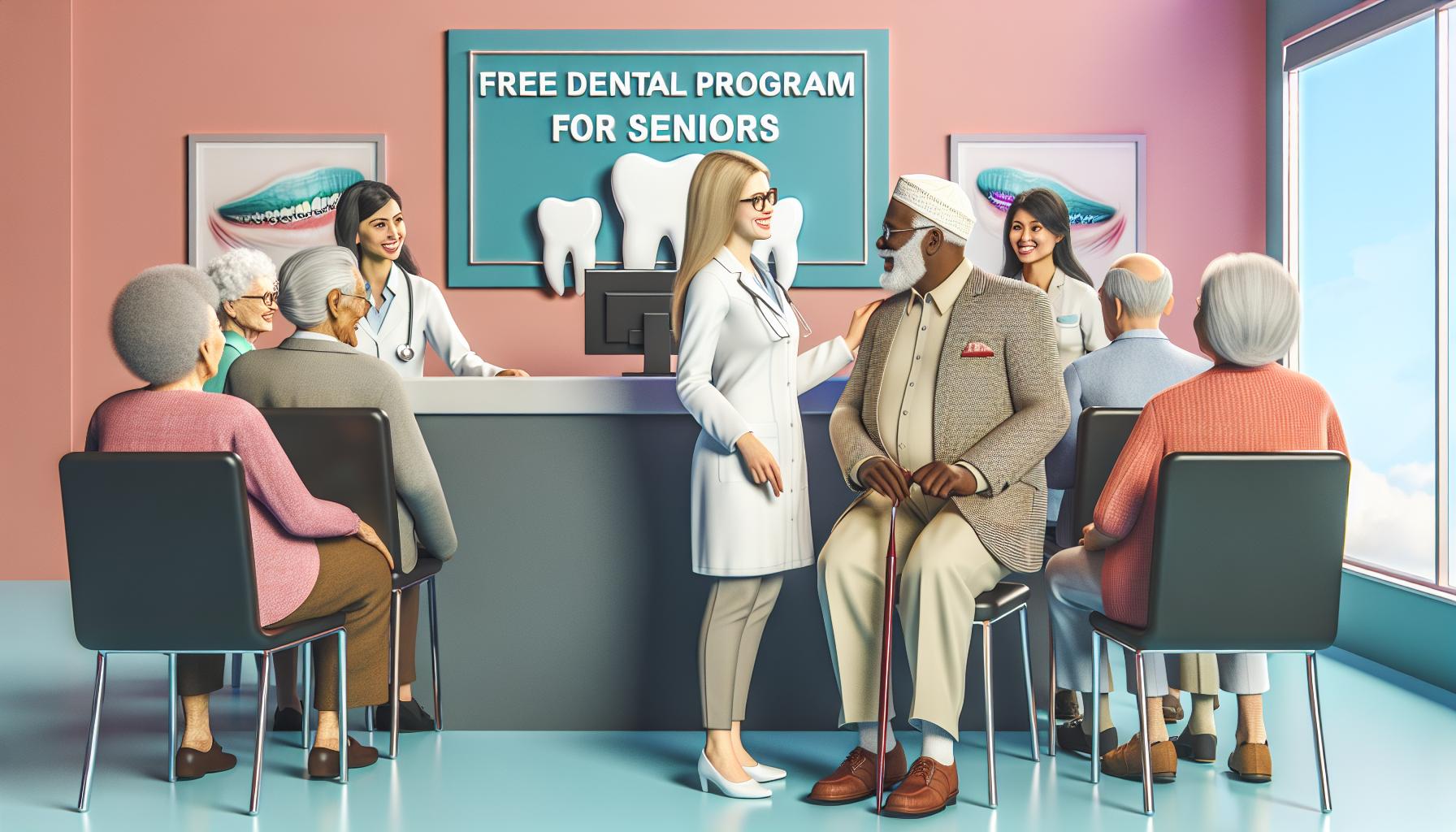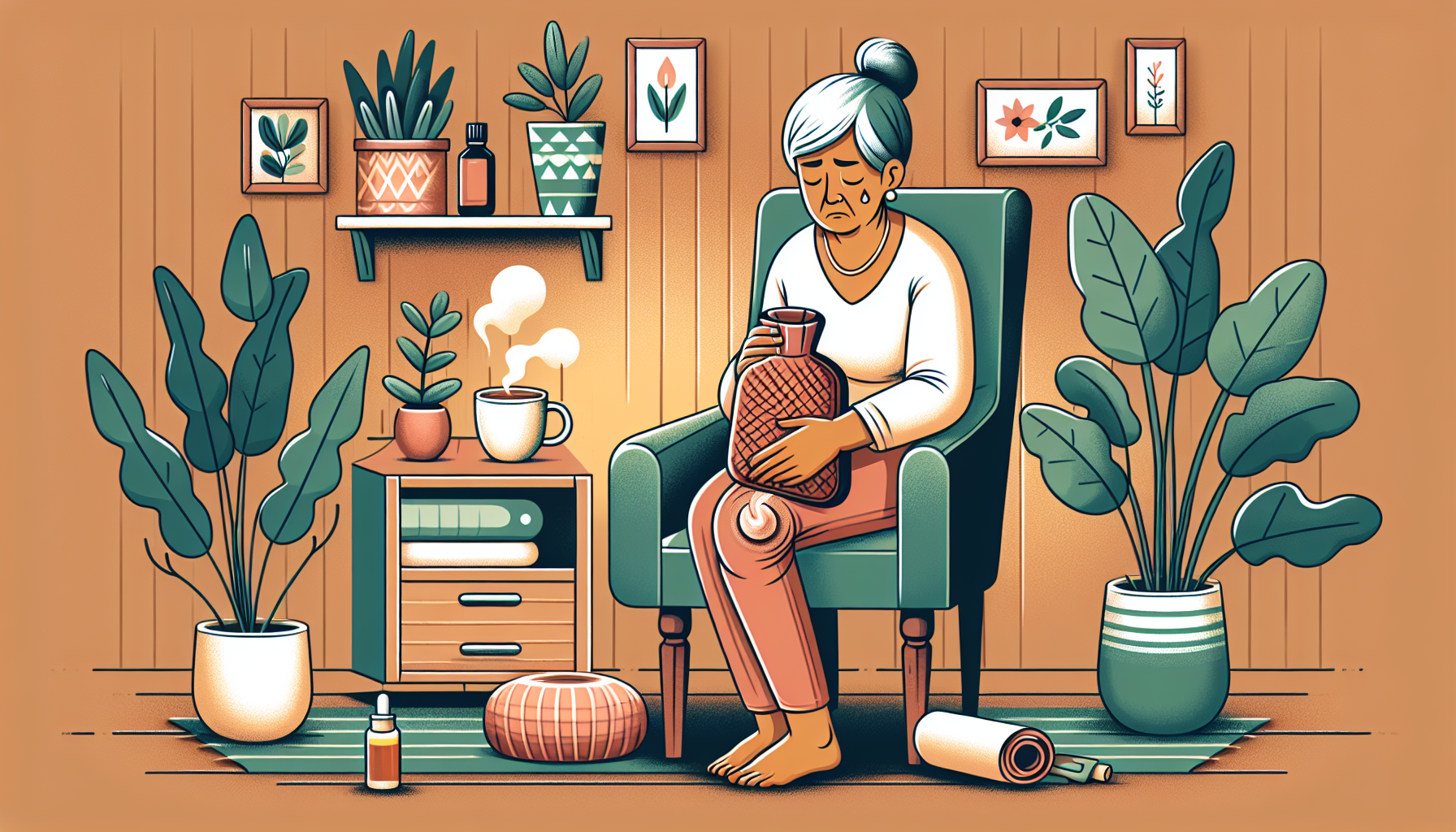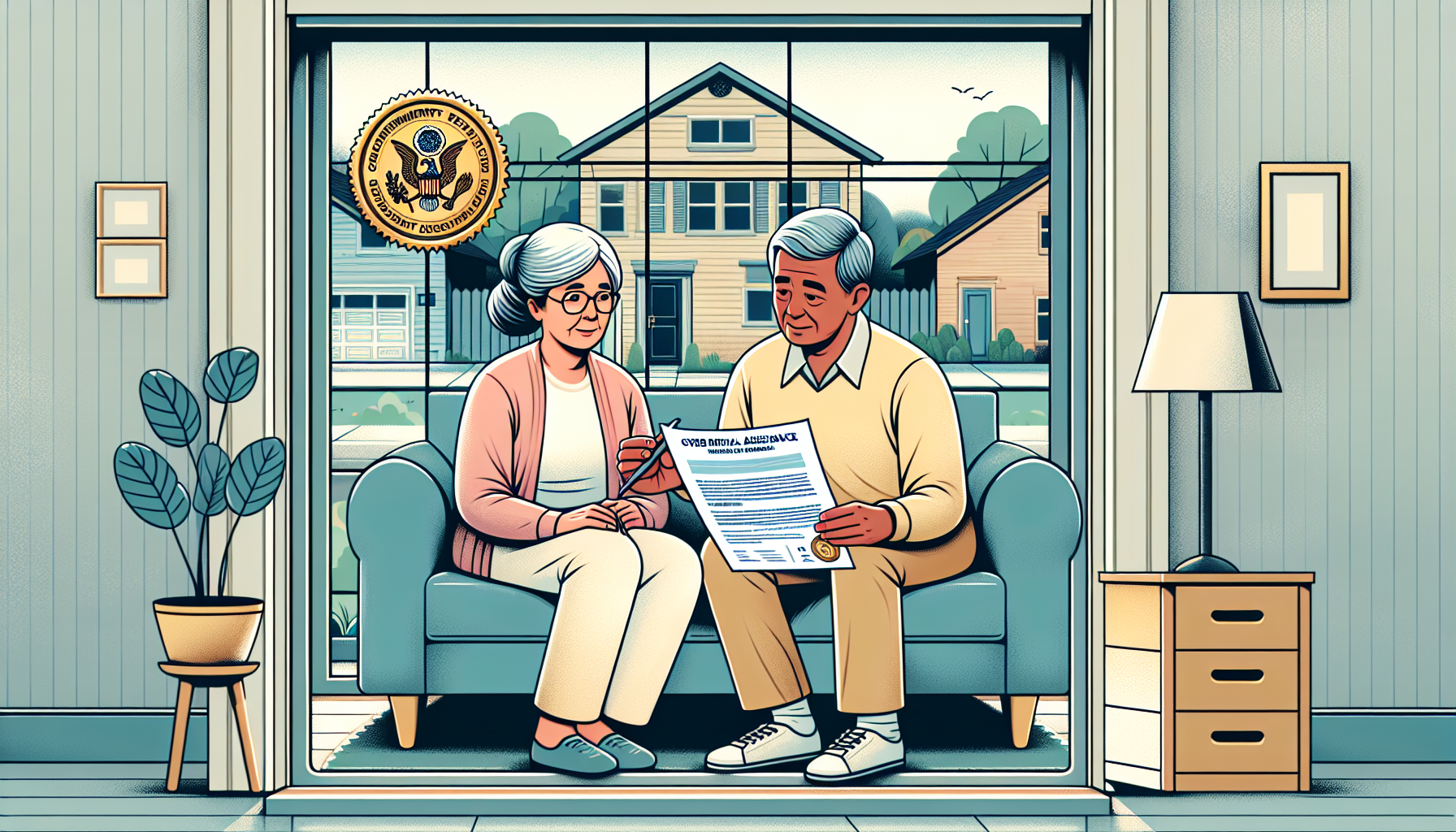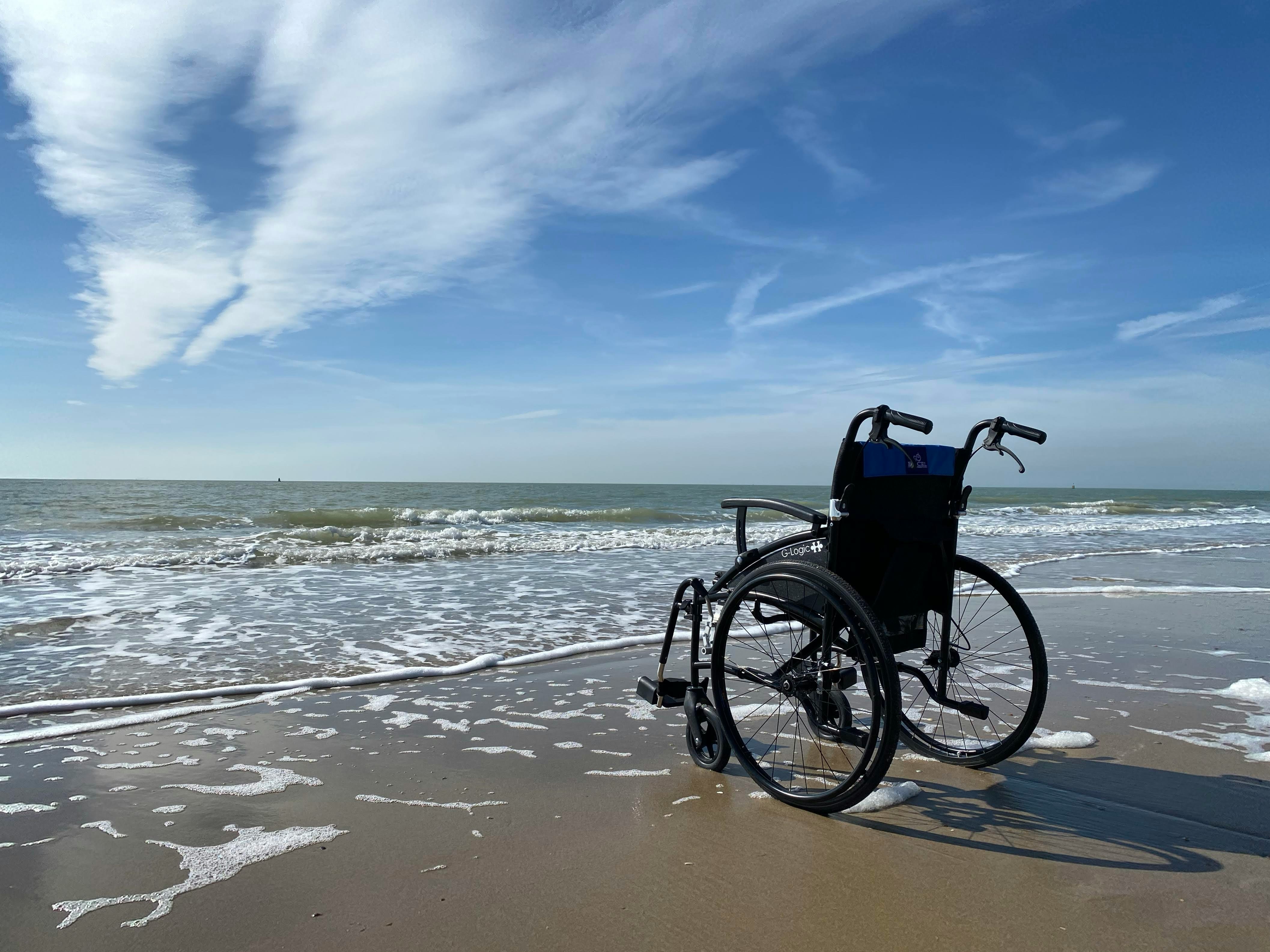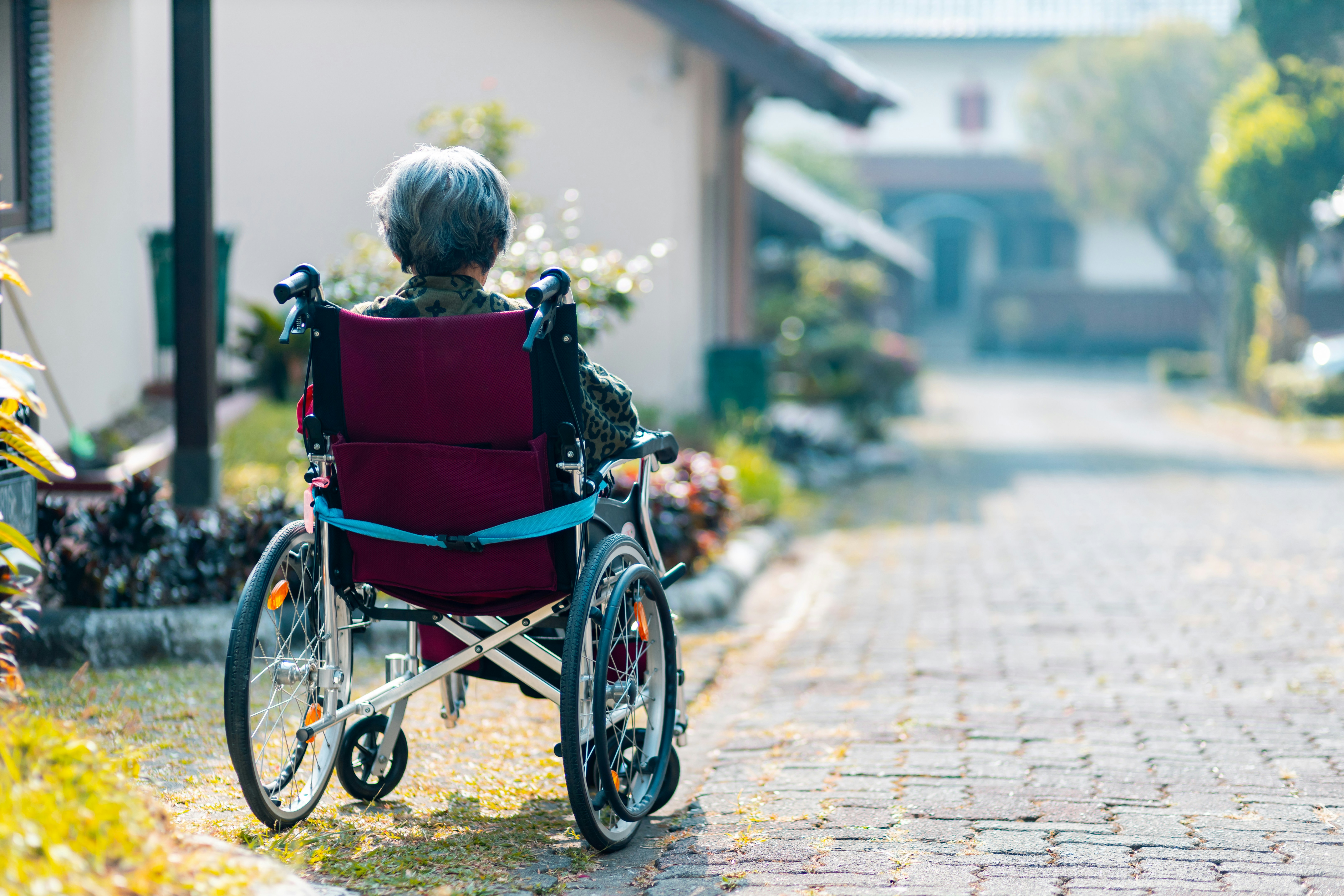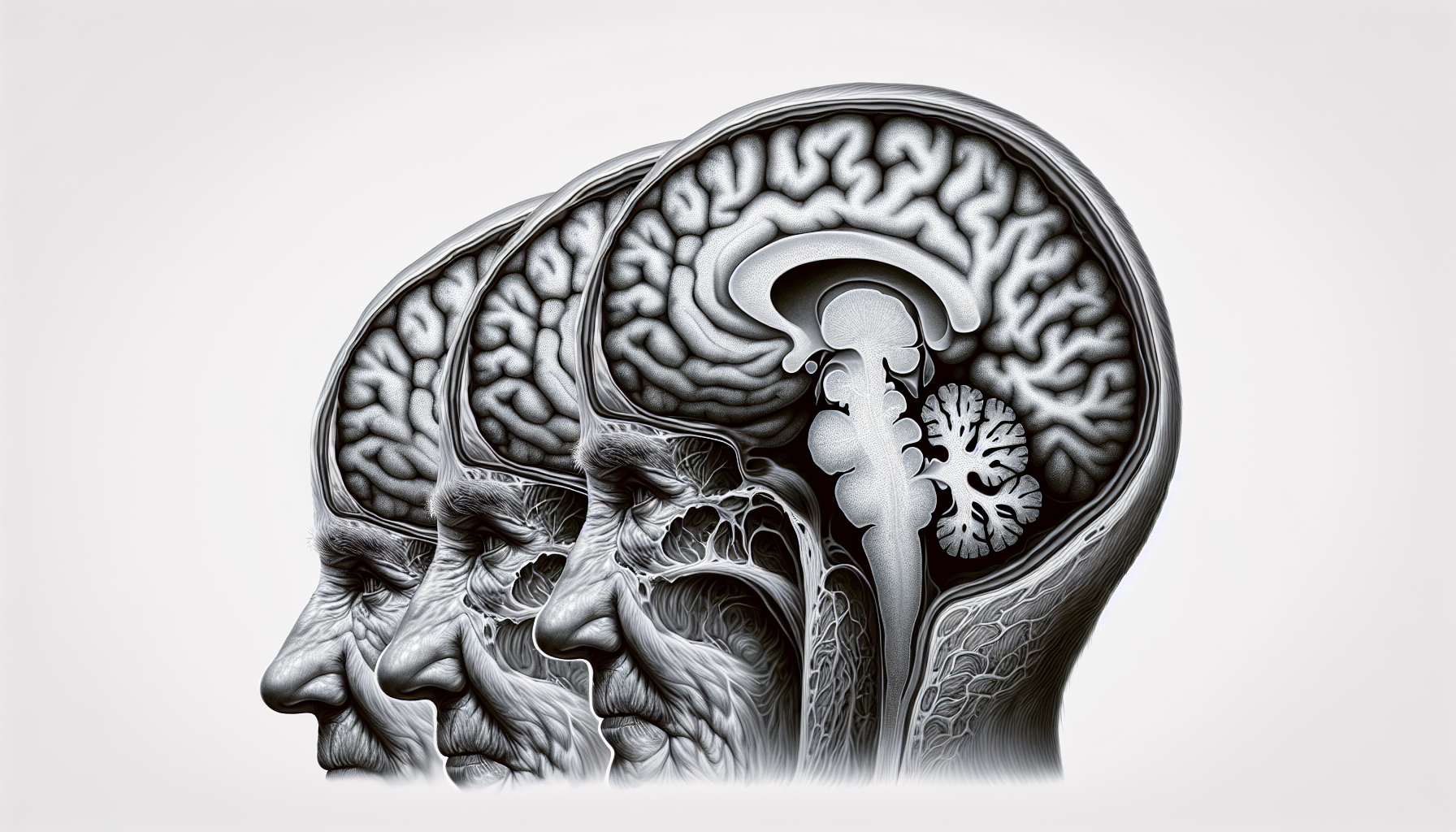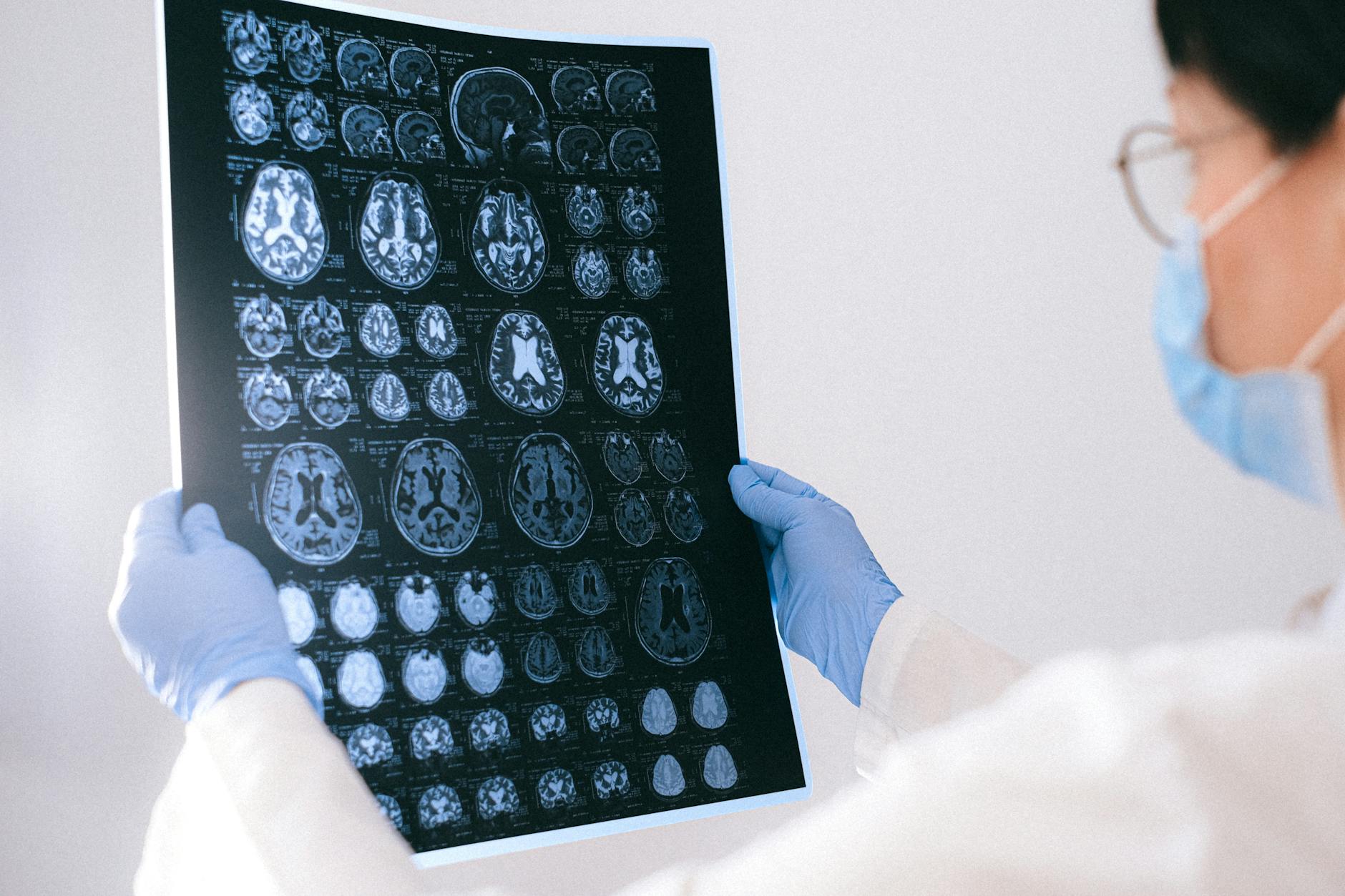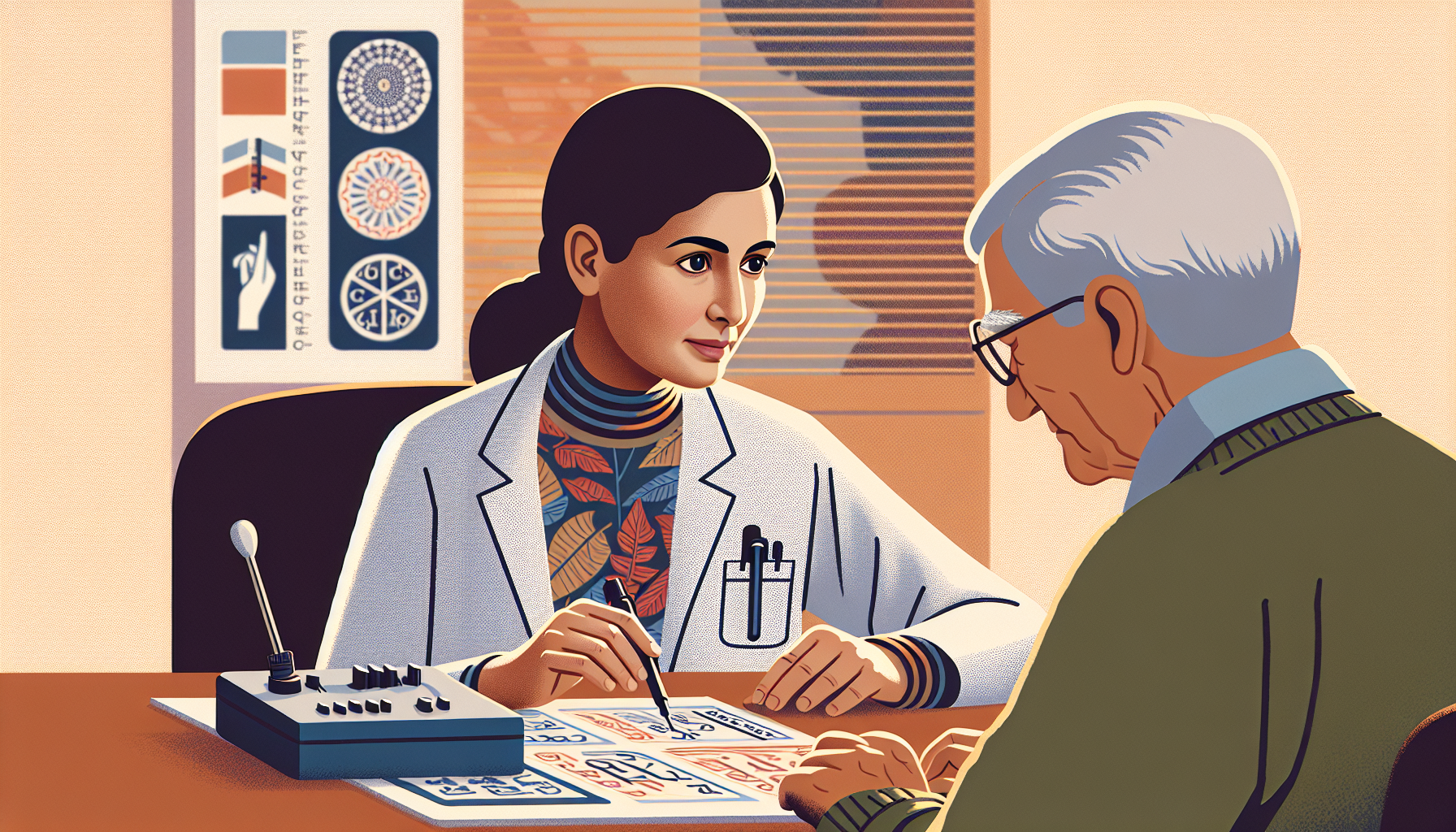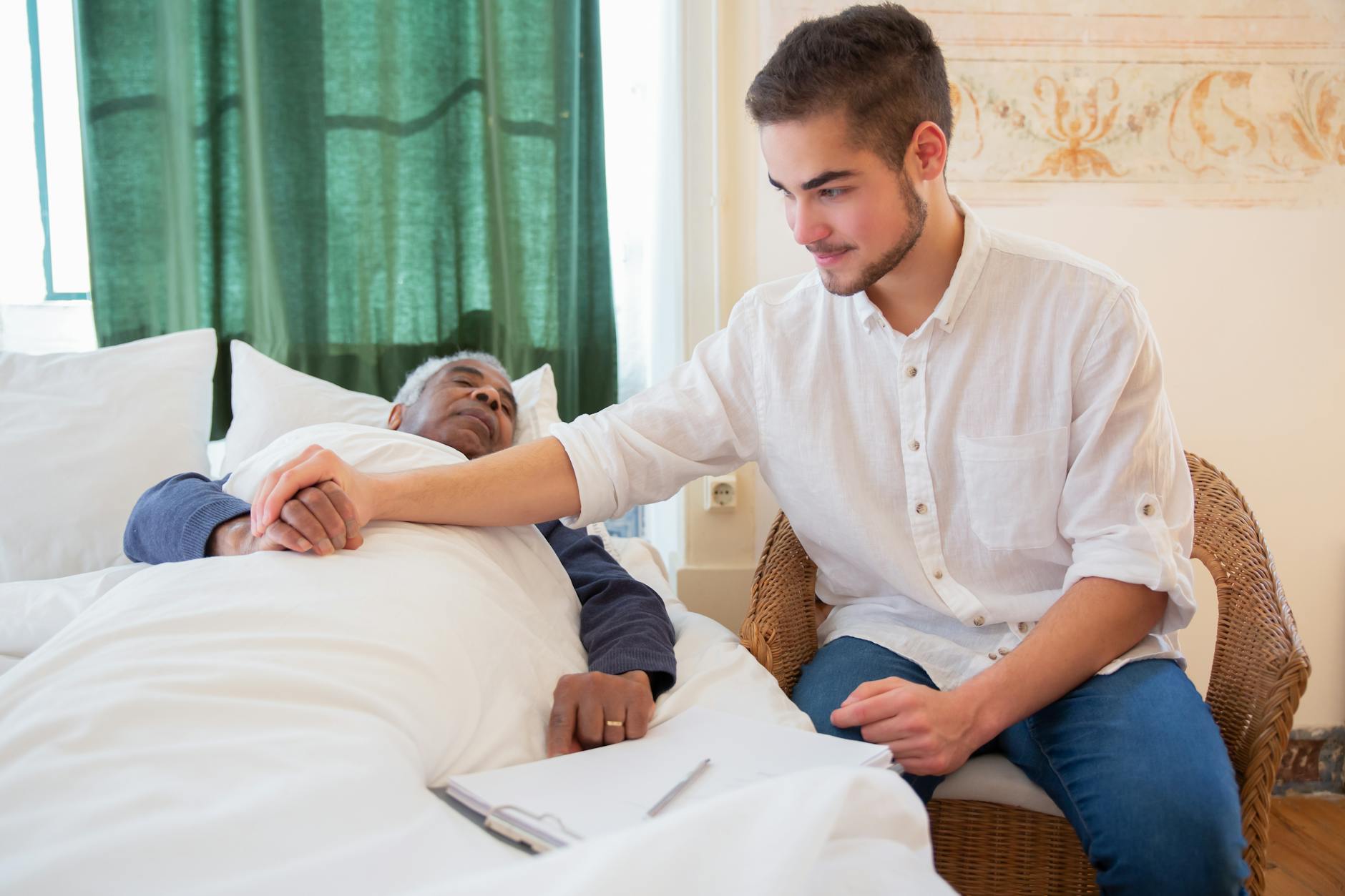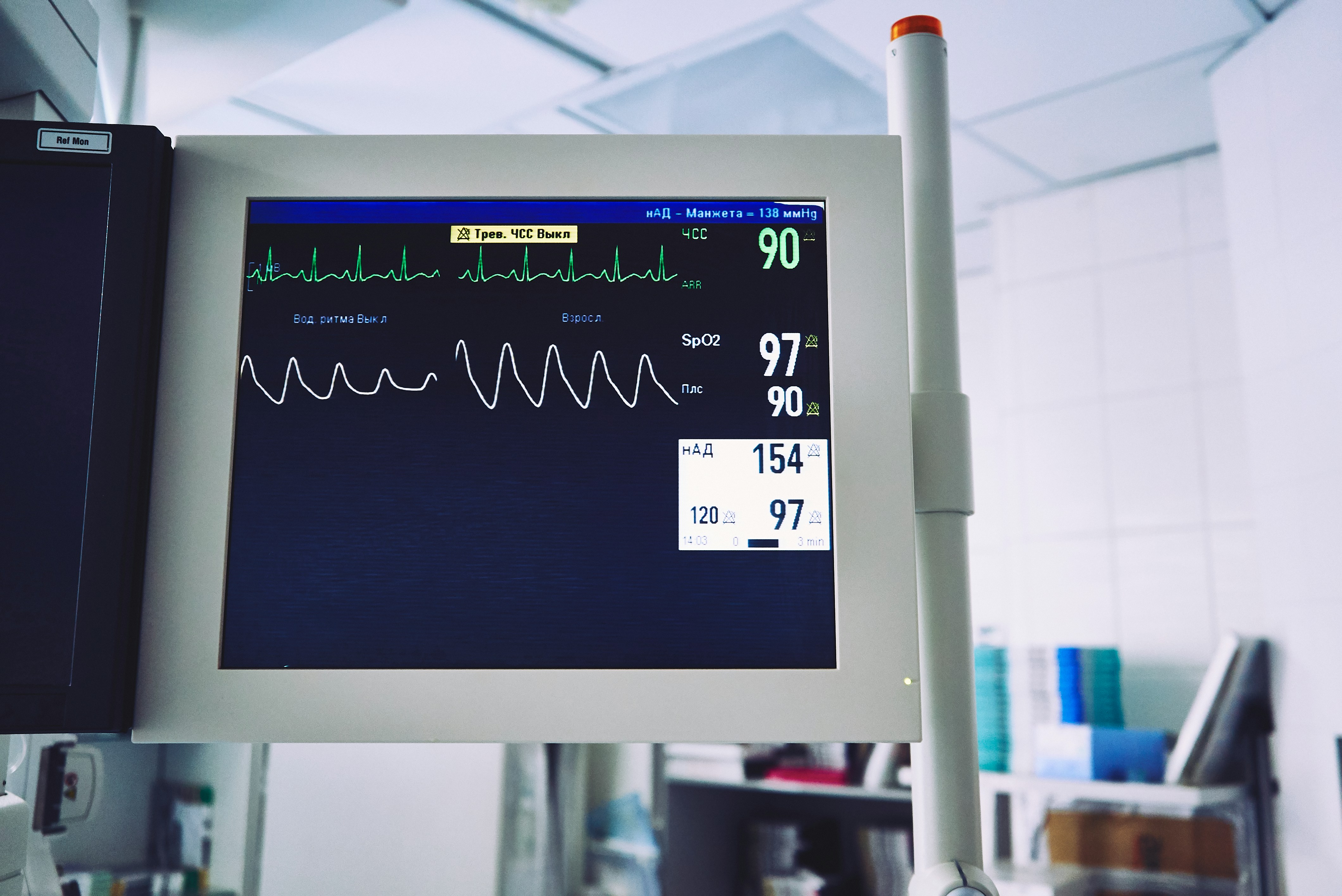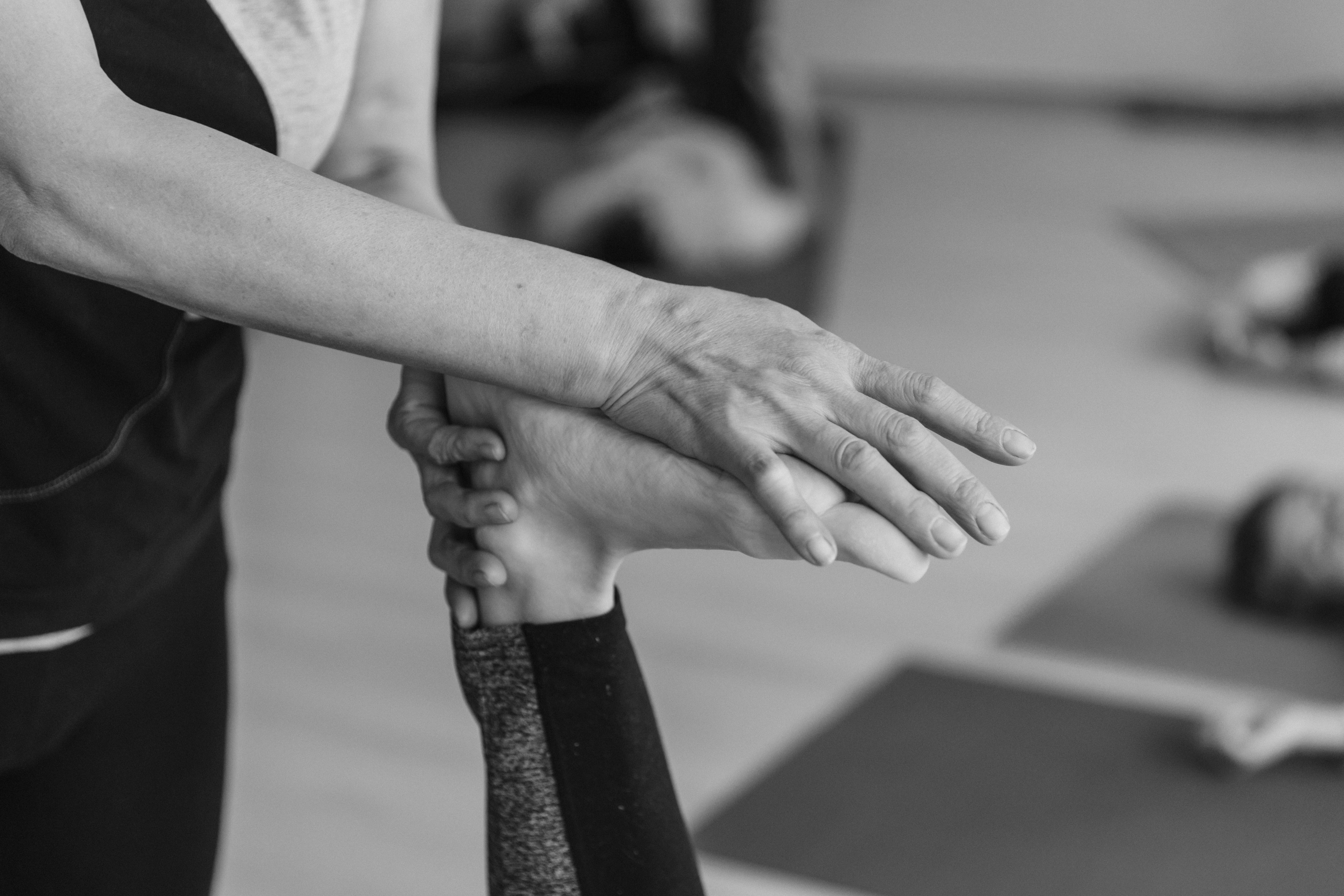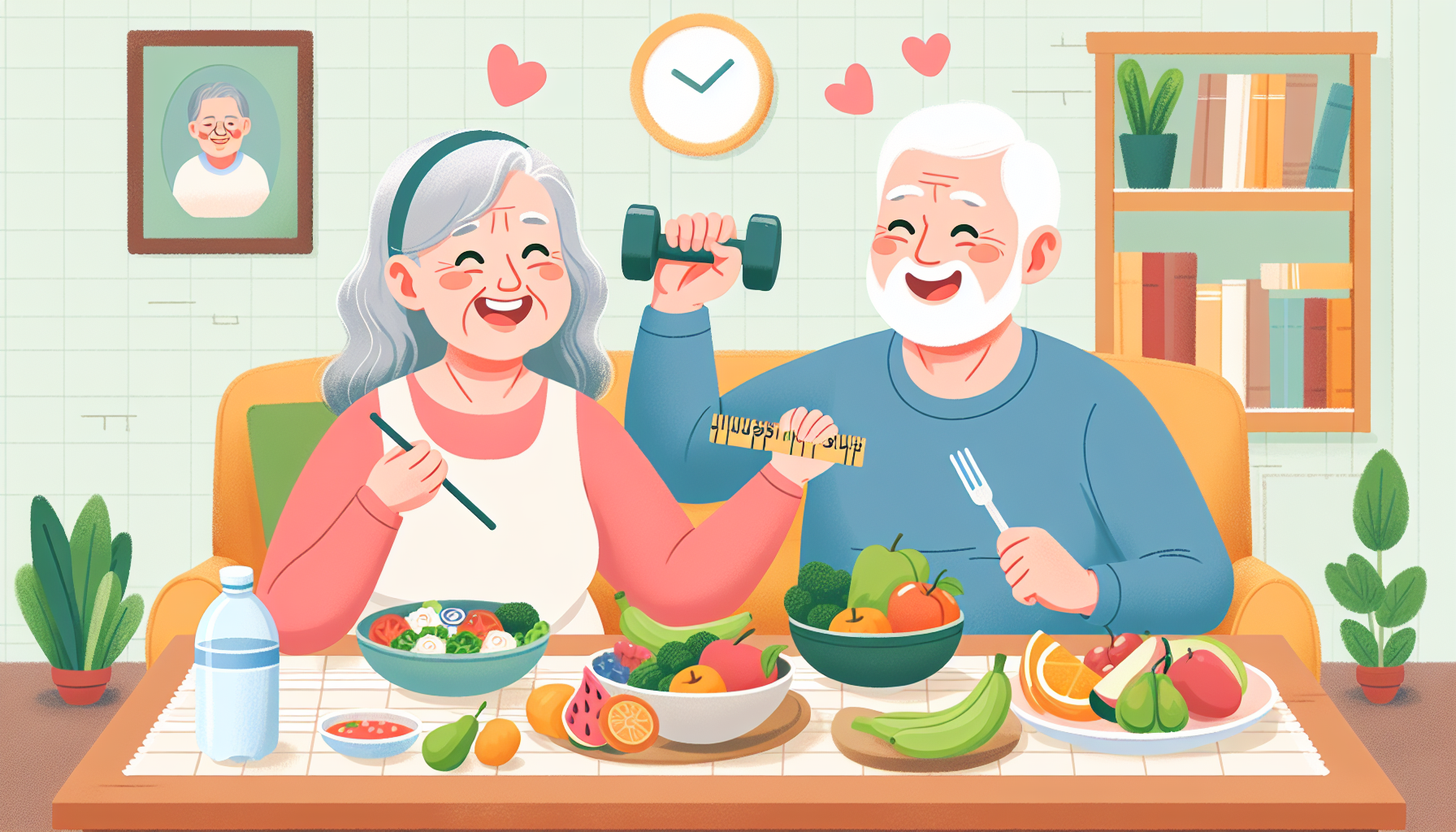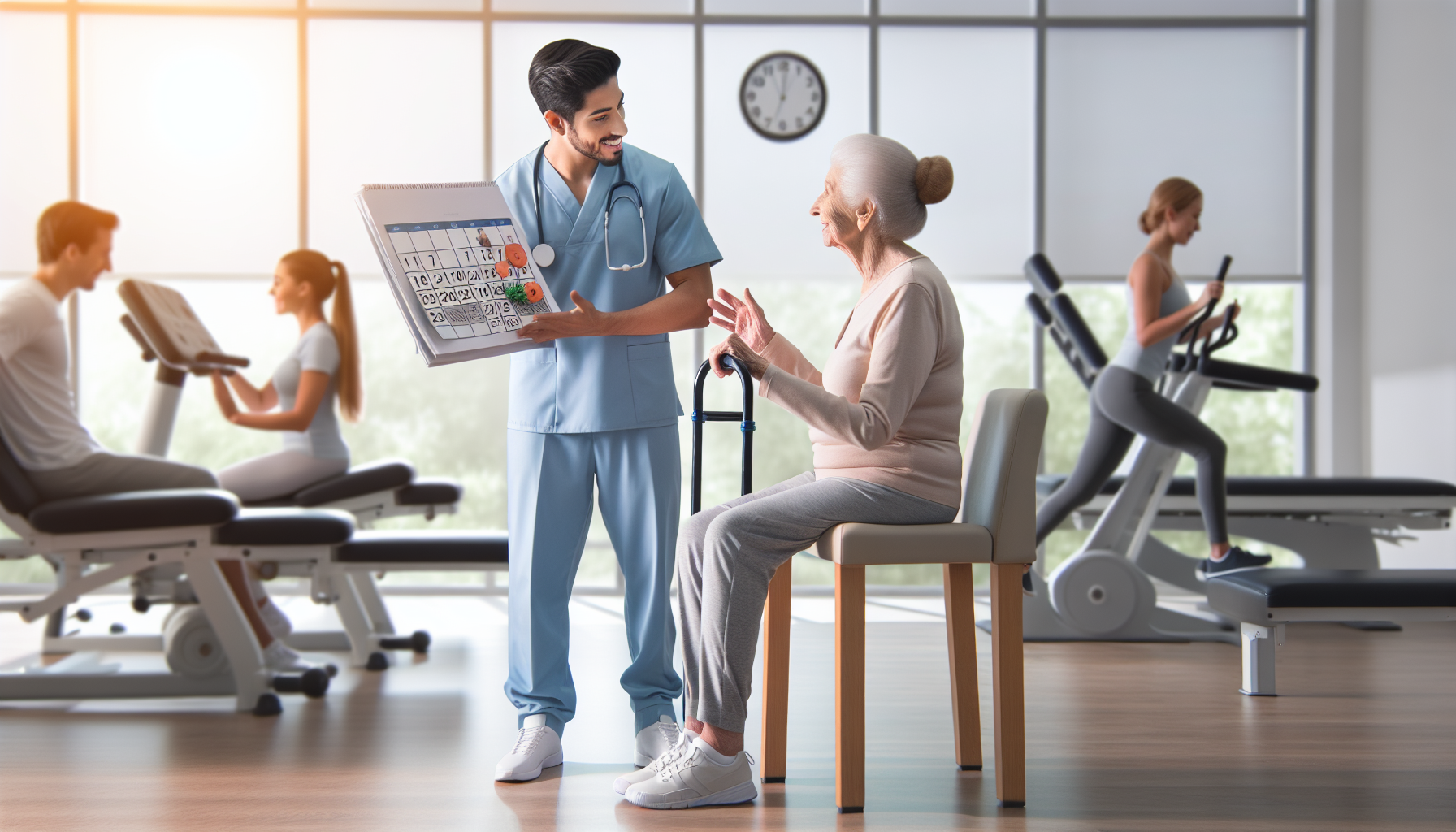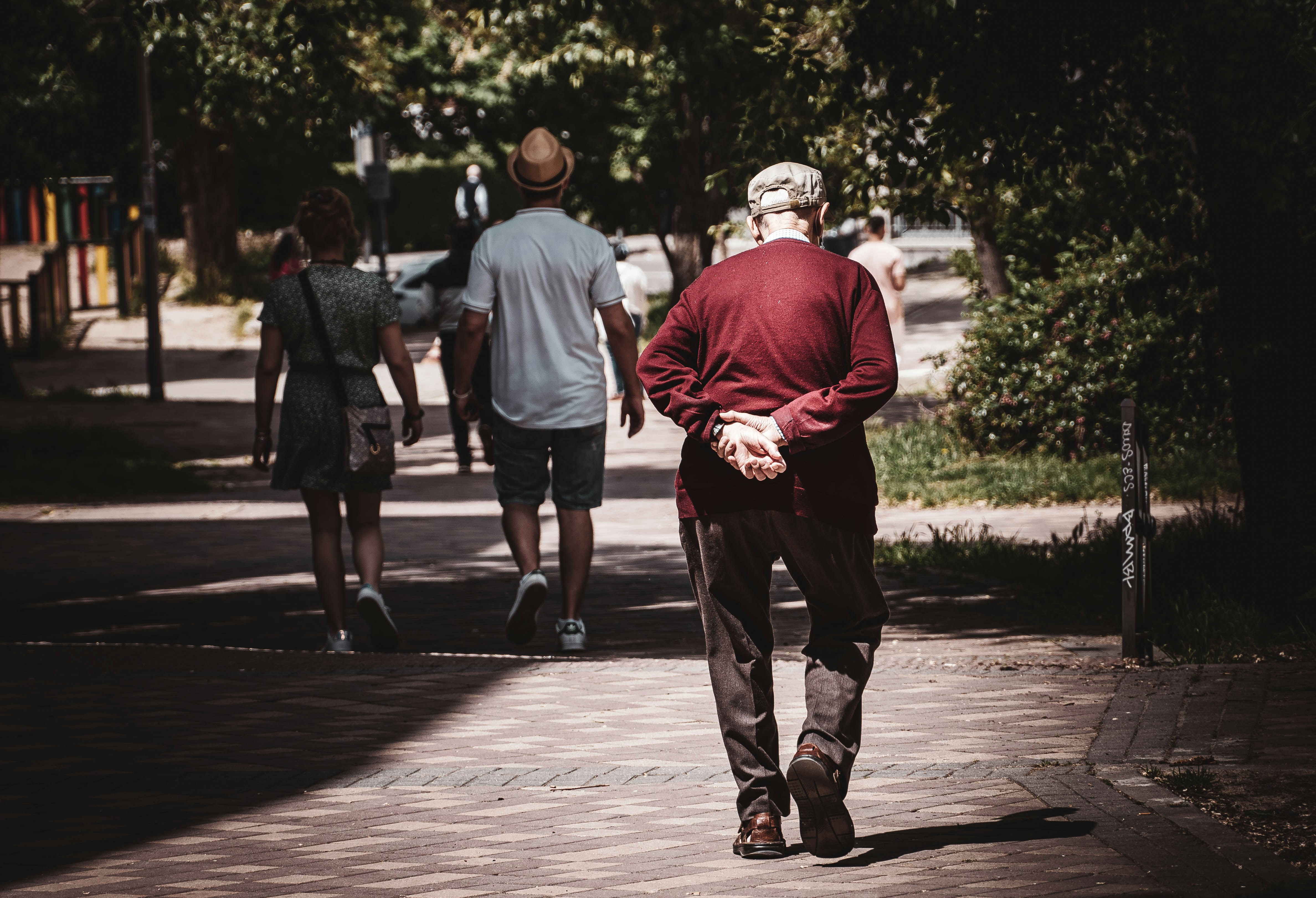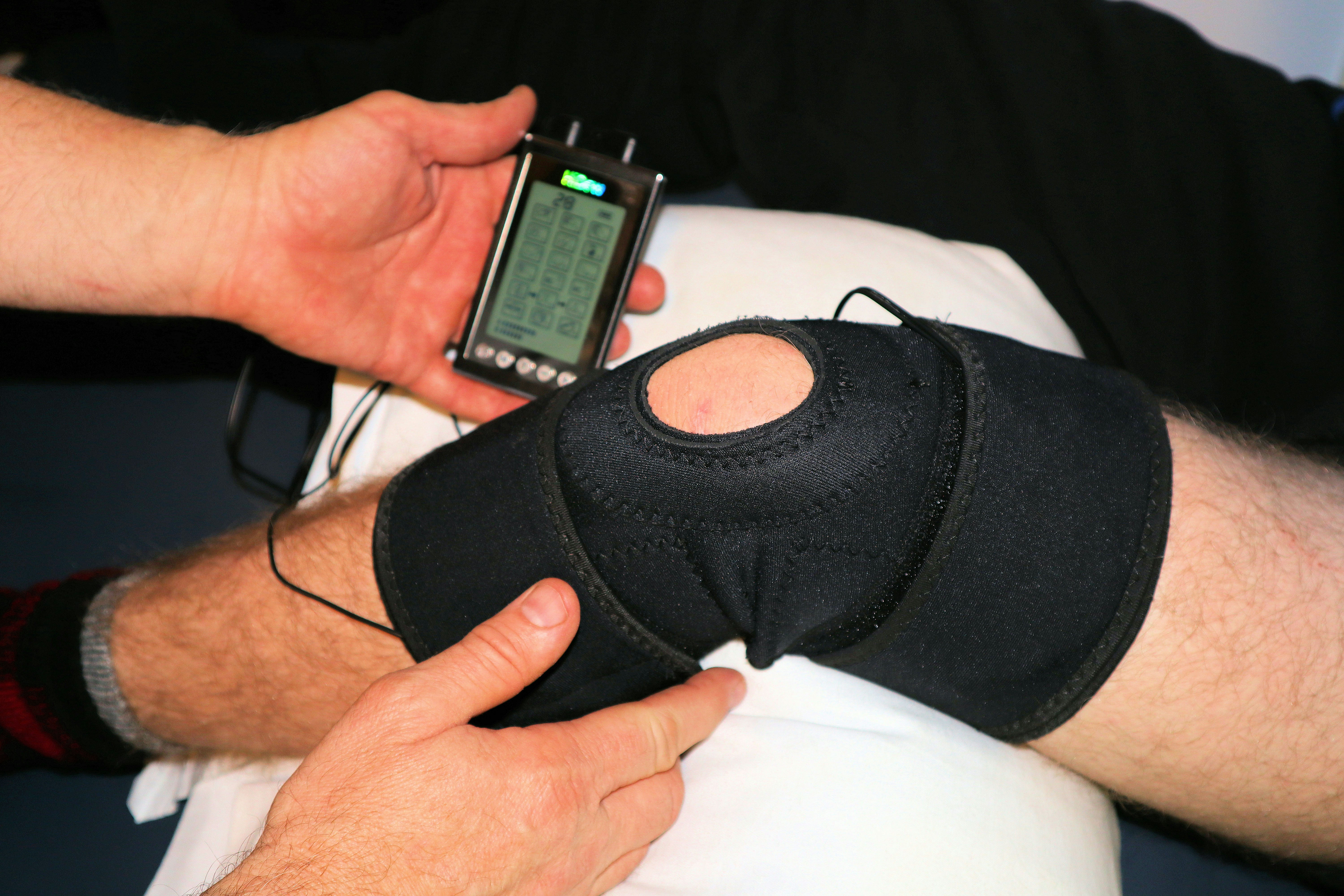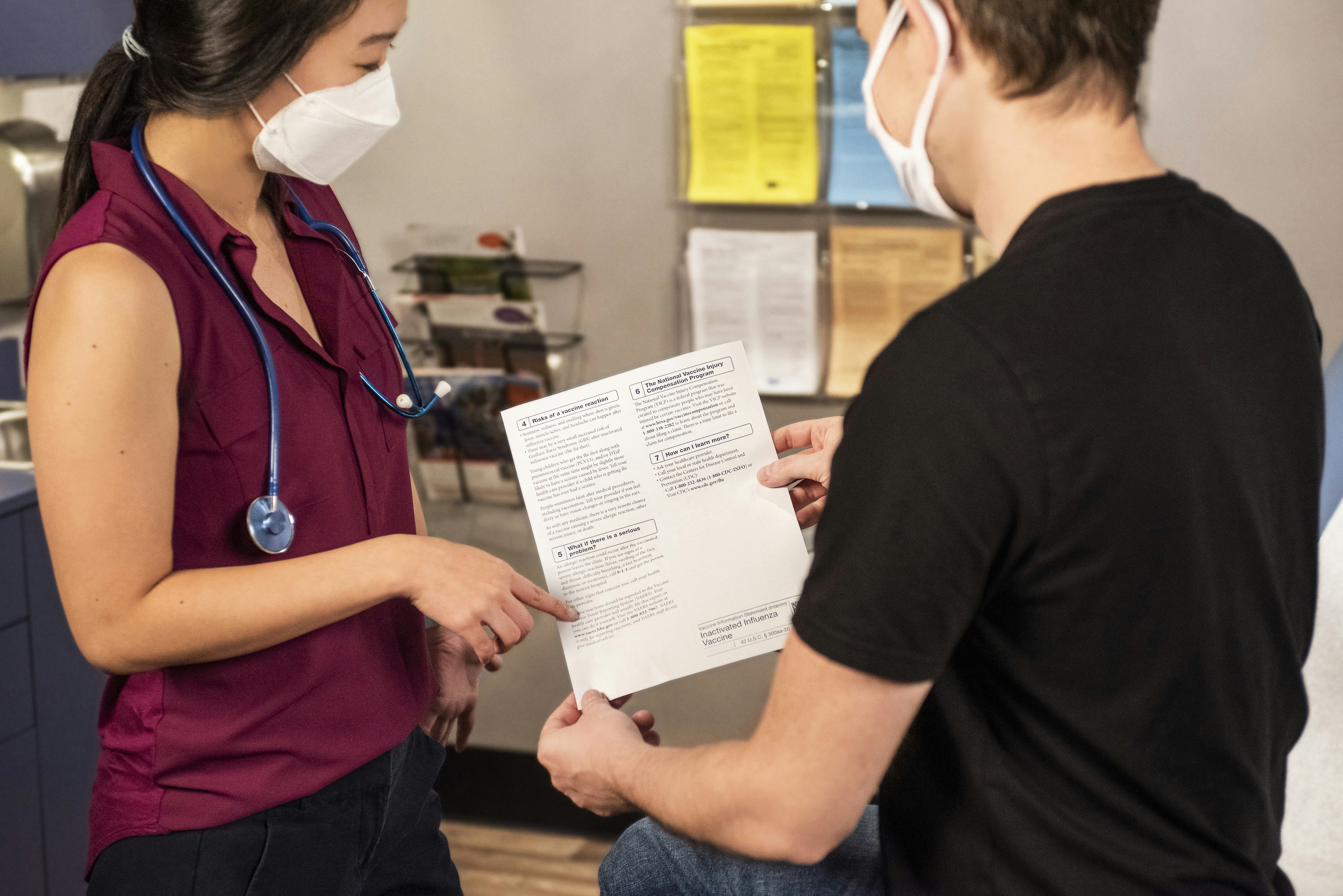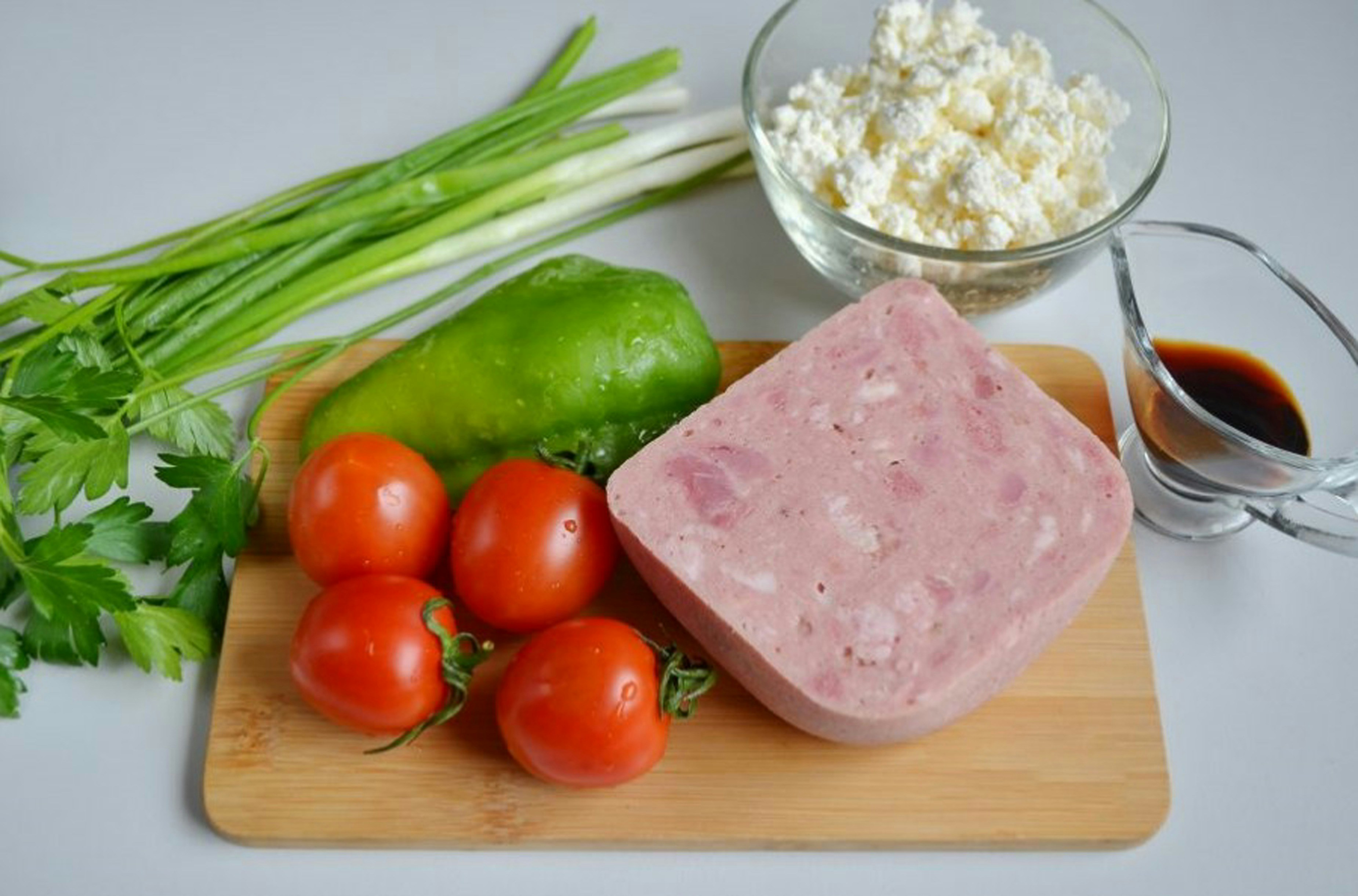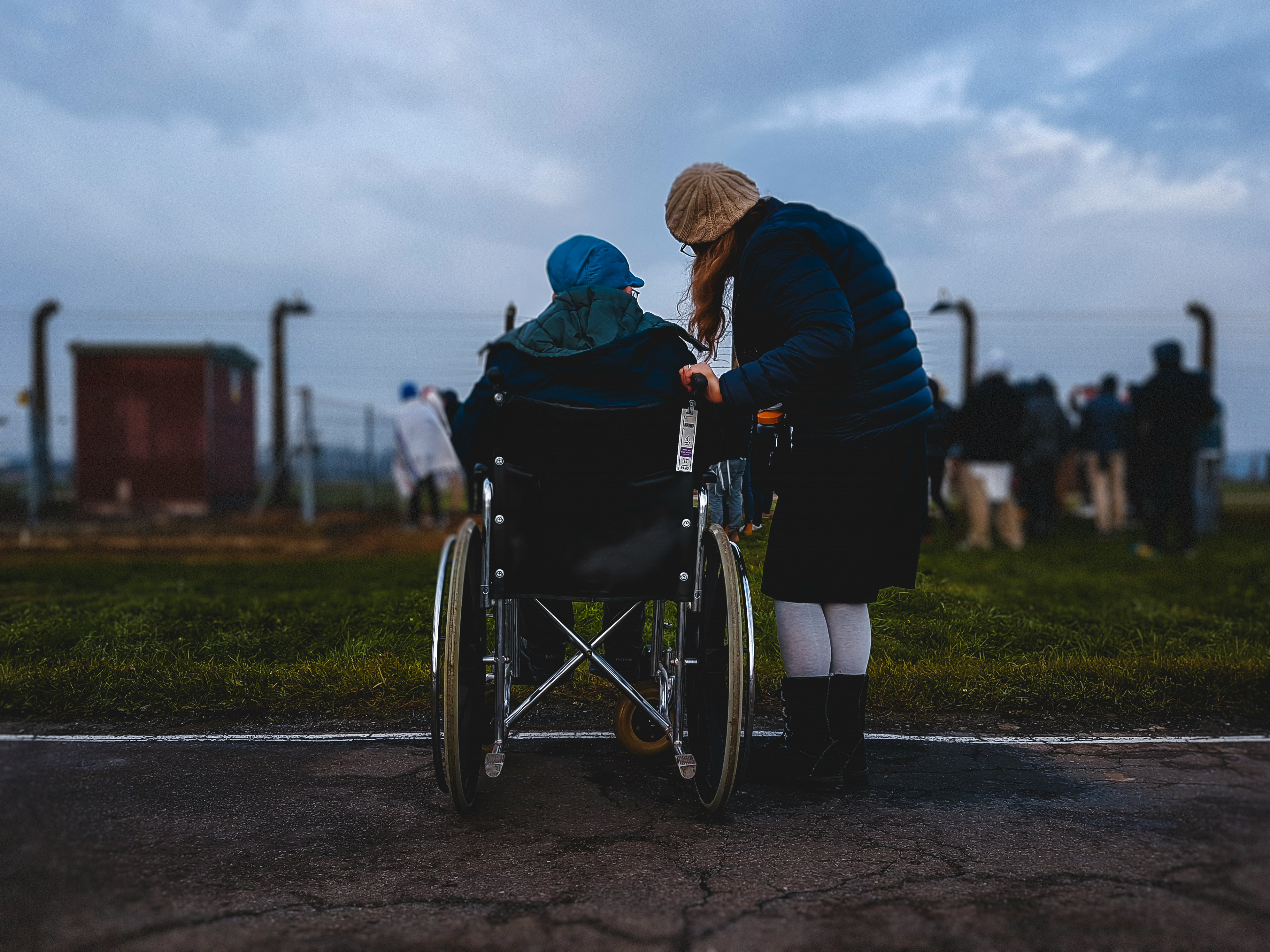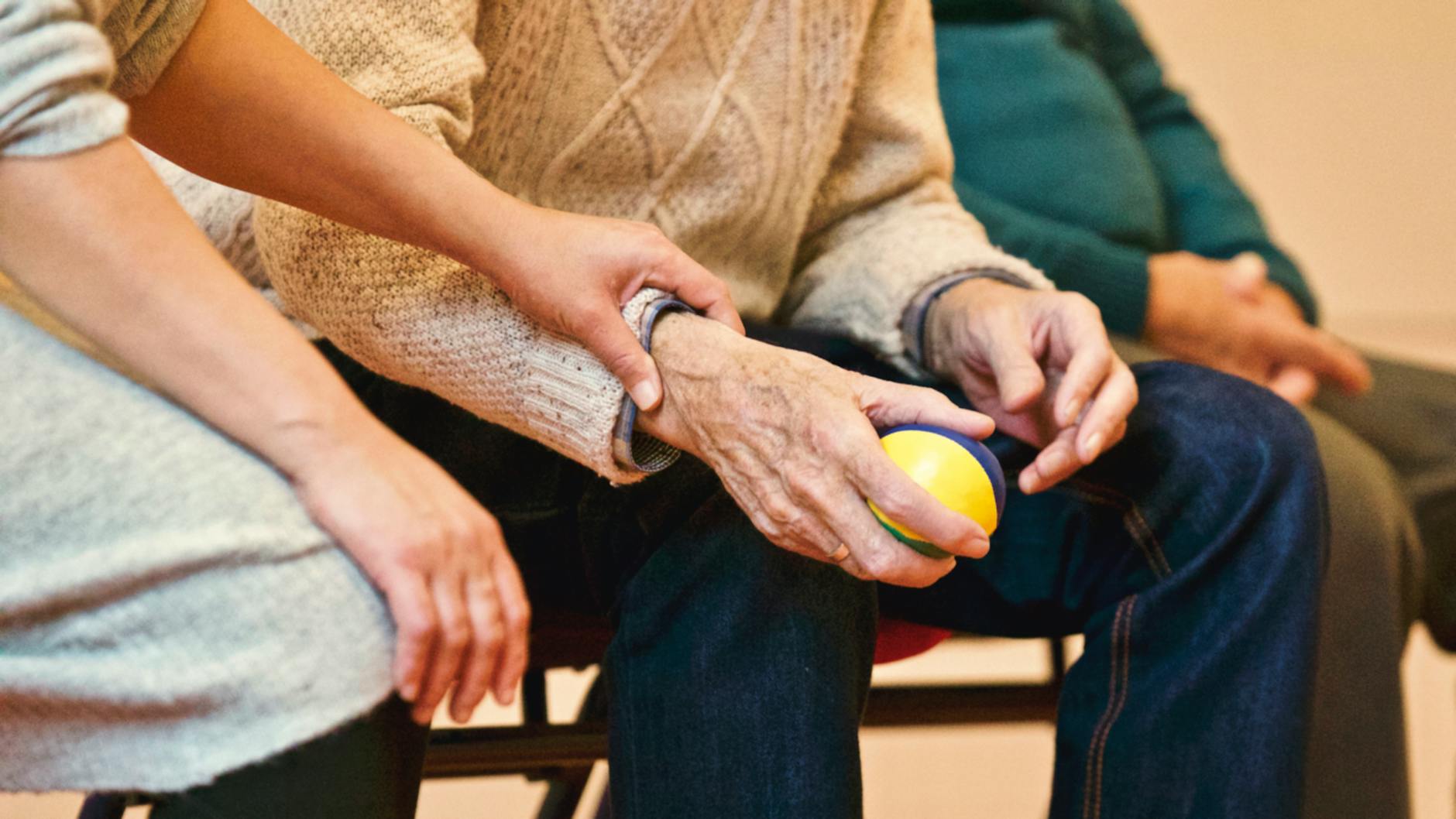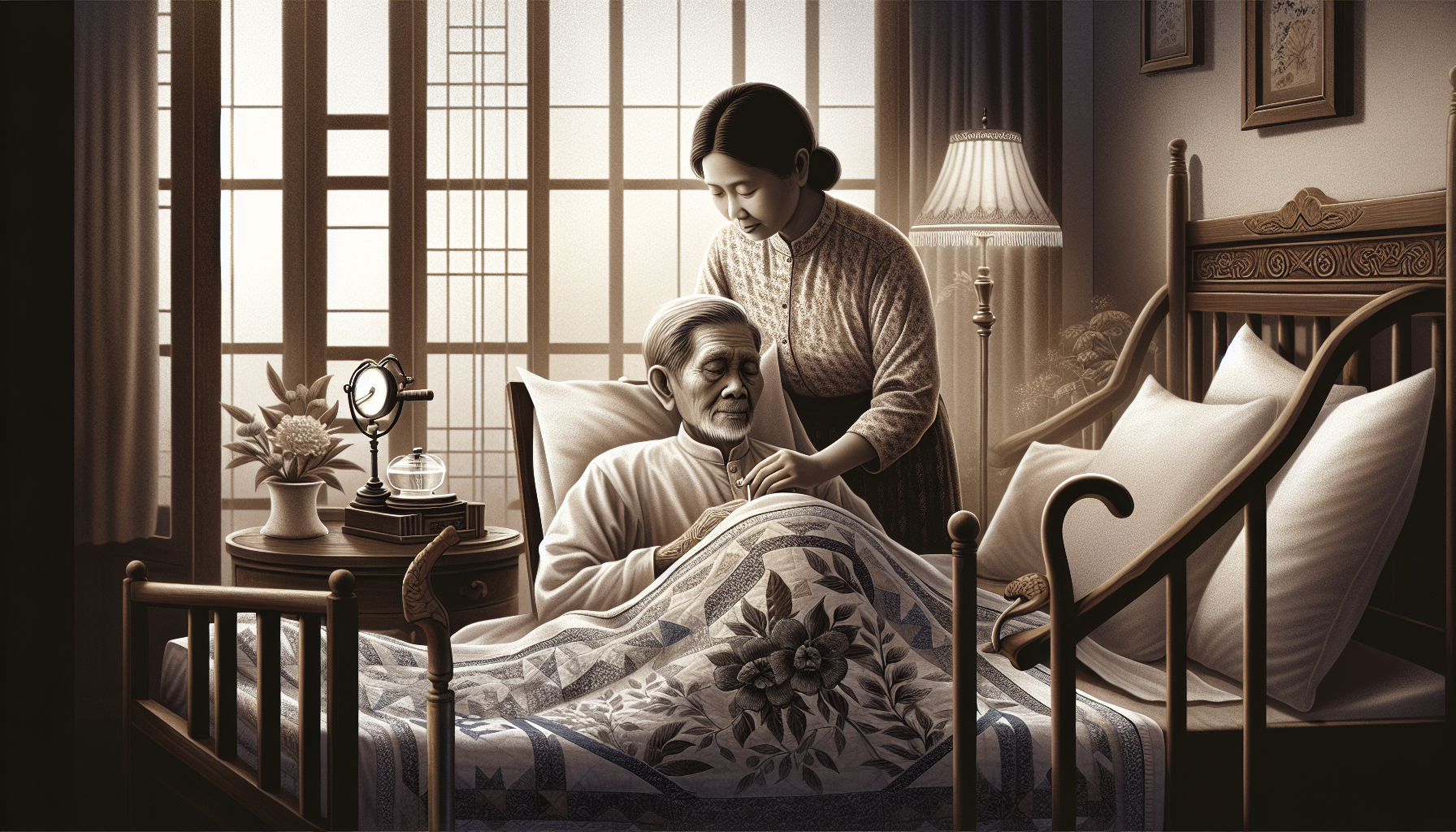Knee Pain Relief Products For Elderly
Discover effective knee pain relief products for elderly individuals.

Understanding Knee Pain in the Elderly
Knee pain is a common concern among individuals of all ages, including the elderly. It can be caused by various factors, ranging from injuries and mechanical problems to medical conditions such as arthritis and infections. Understanding the causes and symptoms of knee pain is crucial in finding appropriate relief for elderly individuals.
Causes of Knee Pain
In the elderly population, the most common causes of knee pain include strained ligaments, tears in cartilage, tendonitis, and the development of osteoarthritis. Osteoarthritis, in particular, is the most prevalent cause of knee pain in the elderly, as it involves the wear and tear of cartilage between joints over time.
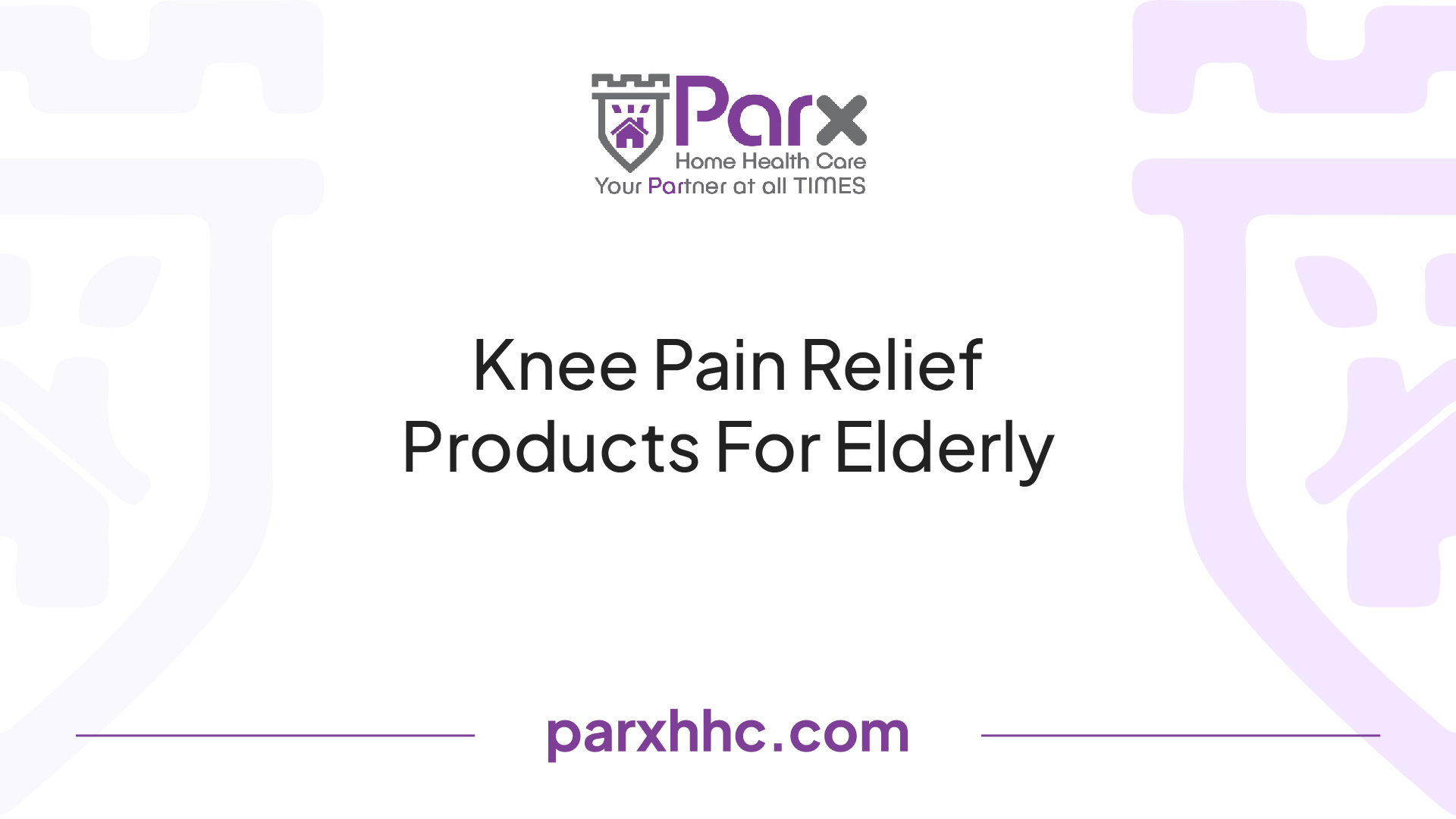
Other factors that contribute to knee pain in the elderly include the gradual breakdown of cartilage in the joints and slower repair processes, which become more prominent as individuals age. These factors can lead to inflammation, stiffness, and discomfort in the knee joints.
Symptoms of Knee Pain
Symptoms of knee pain in the elderly can manifest in various ways. Common signs and symptoms include:
- Pain in the knee joint
- Swelling
- Stiffness
- Limited range of movement
- Difficulty straightening the knee
- Redness
- Weakness
- Instability
- Popping or crunching sounds when moving the knee
Elderly individuals with knee pain may experience an increase in discomfort towards the end of the day. The pain can also result in changes in gait or walking pattern as the body compensates for the discomfort. It's important to note that the presence and severity of these symptoms can vary depending on the underlying cause of the knee pain.
By understanding the causes and symptoms of knee pain in the elderly, caregivers and senior patients can take appropriate steps to manage and alleviate discomfort. Seeking medical advice and exploring suitable knee pain relief products can help improve the quality of life for those experiencing knee pain.
Management Strategies for Knee Pain Relief
When it comes to managing knee pain in the elderly, there are various strategies that can provide relief and improve overall quality of life. These management strategies include self-care measures, physical therapy, and, in some cases, surgical options.
Self-Care Measures
For many individuals experiencing minor knee pain, self-care measures can be effective in alleviating discomfort and promoting healing. Some self-care measures that can be beneficial include:
- Resting the affected knee and avoiding activities that worsen the pain or strain the joint.
- Applying ice packs or cold compresses to reduce inflammation and swelling.
- Elevating the leg to help reduce swelling.
- Using over-the-counter pain relievers to manage pain, following the recommended dosage and guidelines.
- Maintaining a healthy weight to reduce stress on the knee joint.
It's important to note that self-care measures may not be sufficient for all cases of knee pain. If symptoms persist or worsen, it is advisable to consult a healthcare professional for further evaluation and guidance.
Physical Therapy
Physical therapy plays a significant role in managing knee pain, particularly for conditions like knee osteoarthritis (OA). According to a study published in the NCBI, targeted physical therapy and exercise can improve muscle function and reduce knee OA symptoms.
Physical therapy for knee pain may include:
- Strengthening exercises to improve muscle support around the knee joint.
- Range of motion exercises to maintain flexibility and mobility.
- Low-impact aerobic exercises, such as swimming or stationary cycling, to improve joint function and reduce pain.
- Assistive devices, such as braces or crutches, to provide additional support during activities.
Working with a physical therapist can help tailor an exercise program that is specific to individual needs and goals. Regular physical therapy sessions can improve knee function, reduce pain, and enhance overall well-being.
Surgical Options
In cases where conservative treatments do not provide sufficient relief, surgical options may be considered. Surgery is typically a last resort when other management strategies have been exhausted. Some common surgical procedures for knee pain include:
- Arthroscopy: A minimally invasive procedure where a small camera is inserted into the knee joint to diagnose and repair certain knee conditions.
- Total Knee Replacement: A surgical procedure where the damaged knee joint is replaced with an artificial joint made of metal and plastic.
- Partial Knee Replacement: A procedure where only the damaged portion of the knee joint is replaced with an artificial component.
Surgical interventions are typically recommended based on the severity of the knee condition, the individual's overall health, and their goals for pain relief and functional improvement. It is important to have a thorough discussion with a healthcare professional to understand the potential benefits and risks associated with surgical options.
By combining self-care measures, physical therapy, and, when necessary, surgical interventions, individuals with knee pain can find relief and regain their mobility. Consulting with a healthcare professional is crucial to determine the most appropriate management strategy based on the specific needs and condition of the individual.
Common Knee Pain Conditions in the Elderly
Knee pain in the elderly can be caused by various conditions, some of which are more prevalent than others. Understanding these common knee pain conditions is crucial for effective management and finding suitable relief options. The following are three frequently encountered knee pain conditions in the elderly: osteoarthritis, tendonitis, and rheumatoid arthritis.
Osteoarthritis
Osteoarthritis is the most prevalent cause of knee pain in the elderly, often resulting from the wear and tear of the cartilage between joints over time. It is estimated that approximately 4.4 million Canadians have knee osteoarthritis, and this number is expected to rise due to factors such as increased longevity, reduced physical activity, and increased obesity.
In knee osteoarthritis, the protective cartilage that cushions the joint gradually wears away, leading to pain, stiffness, and reduced mobility. As the condition progresses, joint damage and disability may occur if left untreated.
Tendonitis
Tendonitis refers to inflammation or irritation of the tendons surrounding the knee joint. It can result from repetitive overuse, injury, or aging. Activities that involve repetitive motions, such as running or jumping, can contribute to the development of tendonitis in the knee.
The most common symptom of tendonitis is pain, which may worsen with movement or physical activity. Swelling and tenderness around the affected area may also be present. Proper diagnosis and treatment can help alleviate the pain associated with tendonitis.
Rheumatoid Arthritis
Rheumatoid arthritis is an autoimmune disease that can affect people of all ages, including the elderly. In this condition, the immune system mistakenly attacks the synovium, a thin membrane lining the joints, leading to inflammation. This inflammation can cause pain, swelling, and stiffness in the knee joint.
Rheumatoid arthritis typically affects multiple joints symmetrically, and it can cause significant discomfort and disability if left untreated. It is important for individuals with rheumatoid arthritis to work closely with healthcare professionals to manage their symptoms effectively.
Understanding these common knee pain conditions in the elderly is essential for caregivers and senior patients alike. By identifying the specific condition causing knee pain, appropriate treatment options, including knee pain relief products, can be explored to help alleviate discomfort and improve quality of life.
Medication Options for Knee Pain Relief
When it comes to finding relief for knee pain, there are various medication options available. It's important to understand the different types of medications and their potential side effects to make an informed decision. In this section, we will explore over-the-counter (OTC) medications commonly used for knee pain relief and discuss the side effects associated with common pain relievers.
Over-the-Counter Medications
For individuals seeking temporary relief from knee pain, over-the-counter (OTC) medications can be a convenient option. Some commonly used OTC medications for joint pain relief in elderly individuals include:
- Aspirin: Aspirin is a nonsteroidal anti-inflammatory drug (NSAID) that can help reduce pain and inflammation. It is commonly used for joint pain relief. However, it's important to note that aspirin can increase the risk of bleeding and should be used with caution, particularly in individuals with certain medical conditions or those taking blood-thinning medications.
- Acetaminophen (Tylenol): Acetaminophen is commonly used for pain and fever relief. It can be effective in managing mild to moderate knee pain. However, it's crucial to follow the recommended dosage and avoid exceeding the maximum daily limit. Excessive use of acetaminophen or combining it with alcohol can cause liver damage and failure.
- Nonsteroidal anti-inflammatory drugs (NSAIDs): NSAIDs such as ibuprofen and naproxen sodium are widely available OTC and work similarly to aspirin in relieving joint pain and reducing inflammation. However, long-term or excessive use of these medications can increase the risk of heart attack, stroke, and side effects like heartburn, indigestion, and abdominal cramps. It's important to use NSAIDs as directed and consult a healthcare professional if you have any underlying medical conditions.
It's important to note that combining OTC pain relievers can lead to overdoses, increasing the risk of side effects and potential fatality. It's essential to be aware of the ingredients in the medications and avoid long-term use of multiple drugs for joint pain relief.
Side Effects of Common Pain Relievers
While OTC medications can provide temporary relief from knee pain, it's important to be aware of their potential side effects. Here are some side effects associated with common pain relievers:
- Aspirin: Aspirin can increase the risk of bleeding, particularly in individuals with a history of stomach ulcers or bleeding disorders. It may also cause gastrointestinal symptoms such as heartburn, stomach pain, and indigestion.
- Acetaminophen: Although generally considered safe when used as directed, excessive use of acetaminophen or combining it with alcohol can cause liver damage and failure. It's essential to follow the recommended dosage and avoid exceeding the maximum daily limit.
- NSAIDs: NSAIDs can increase the risk of heart attack, stroke, and gastrointestinal side effects such as heartburn, indigestion, and abdominal cramps. Prolonged use of NSAIDs can also lead to kidney problems and fluid retention. Individuals with certain medical conditions, such as high blood pressure or kidney disease, should use NSAIDs with caution and consult a healthcare professional.
Before starting any medication regimen for knee pain relief, it's advisable to consult a healthcare professional, especially if you have underlying medical conditions or are taking other medications. They can provide personalized recommendations and guidance based on your individual needs and medical history.
Remember, medication is just one aspect of knee pain management. It's important to consider other strategies such as self-care measures, physical therapy, and lifestyle changes to effectively manage knee pain in the long term.
Effective Knee Pain Relief Products
When it comes to finding relief from knee pain, there are various products available that can help alleviate discomfort and improve mobility. For elderly individuals experiencing knee pain, it's important to explore options specifically designed to cater to their needs. Here are three effective knee pain relief products to consider:
Orthotic Knee Support Products
Orthotic knee support products are designed to provide anatomical compression and redistribute pressure away from painful areas, offering relief from knee pain. These products are available in various forms, such as knee supports, braces, and sleeves. They are designed to cater to different knee-related issues that the elderly may face.
Examples of orthotic knee support products include the Oppo Pull-On Elastic Knee Support, Actimove Arthritis Care Warming Knee Support, and Donjoy Quick Fit Adjustable Hinged Knee Brace, among others [3]. These products are specifically designed to address the unique needs of elderly individuals experiencing knee pain.
Knee Braces and Sleeves
Knee braces and sleeves are another effective option for managing knee pain in the elderly. They can provide support, stability, and compression to the knee joint, helping to reduce discomfort and improve mobility. Knee braces and sleeves come in various designs, catering to different conditions and levels of support needed.
Some types of knee braces and sleeves include closed patella pull-on knee supports, open-patella knee braces with stays, stabilizing knee supports with gel cushioning, neoprene knee sleeves, and offloading osteoarthritis knee braces [3]. These options offer a range of features to address specific knee-related issues in the elderly.
Topical Pain Relief Solutions
Topical pain relief solutions can be beneficial for individuals seeking relief from knee pain due to arthritis. These products are available in various forms, such as creams, gels, and sprays. They often contain ingredients that provide hot or cold therapy, offer massage-like effects, or incorporate herbal remedies to help alleviate pain and reduce inflammation.
Some topical nonsteroidal anti-inflammatory drugs (NSAIDs), like diclofenac, can be effective in treating osteoarthritis in joints close to the skin, such as the hands and knees. Products like Voltaren Arthritis Pain and Pennsaid are examples of topical NSAIDs that can be obtained without a prescription. They have a lower risk of side effects compared to oral NSAIDs and may work as effectively as oral NSAIDs, particularly for older individuals or those unable to take oral medications [5].
When considering knee pain relief products, it's essential to consult with a healthcare professional to determine the most suitable options for individual needs. They can provide guidance and recommendations based on the specific condition and severity of knee pain.
Lifestyle Changes for Knee Pain Management
Managing knee pain in the elderly often requires a multifaceted approach that includes lifestyle changes. These changes can help alleviate pain, improve mobility, and enhance overall quality of life. Here are some effective lifestyle modifications that can aid in knee pain management:
Weight Management
Maintaining a healthy weight is crucial for individuals with knee pain, especially those with osteoarthritis. Losing even a small amount of weight can significantly reduce pain and inflammation in the knees. In a study of overweight or obese adults who lost 20% or more of their body weight, participants reported less pain and lower levels of inflammation markers in the blood [6].
Excess weight puts added stress on the joints, exacerbating knee pain. By adopting a balanced diet and engaging in regular physical activity, individuals can achieve and maintain a healthy weight, thus relieving pressure on the knees.
Exercise and Physical Therapy
Regular exercise and physical therapy play a significant role in managing knee pain. Studies consistently show that exercise decreases pain and improves function in adults with osteoarthritis. Engaging in physical activities such as walking, swimming, or cycling can strengthen the surrounding muscles, improve joint stability, and reduce knee pain.
Additionally, physical therapy can provide targeted exercises and techniques to improve knee mobility, strengthen muscles, and enhance overall joint function. Working with a physical therapist can help individuals develop a personalized exercise program tailored to their specific needs and abilities.
Dietary Supplements
Certain dietary supplements have shown potential in managing knee pain. While they cannot replace medical treatment, they may complement other interventions. Some commonly used supplements for knee pain relief include:
- Glucosamine and chondroitin: These supplements are believed to support joint health and reduce pain associated with osteoarthritis.
- Omega-3 fatty acids: Found in fish oil, omega-3 fatty acids possess anti-inflammatory properties that may help alleviate knee pain.
- Turmeric: This spice contains curcumin, which has anti-inflammatory properties and may provide relief from knee pain.
Before starting any dietary supplement, it is important to consult with a healthcare professional to ensure they are safe and appropriate for your specific situation.
By implementing these lifestyle changes, individuals can effectively manage knee pain and improve their overall well-being. Weight management, regular exercise, and the use of appropriate dietary supplements can help alleviate pain, enhance joint function, and promote a better quality of life for those suffering from knee pain.
References
[1]: https://www.mayoclinic.org/diseases-conditions/knee-pain/symptoms-causes/syc-20350849
[2]: https://www.opaortho.com/elderly-knee-pain-treatment/
[3]: https://www.kneesupports.com/knee-supports-for-the-elderly
[4]: https://www.ncbi.nlm.nih.gov/pmc/articles/PMC4596631/
[5]: https://www.mayoclinic.org/diseases-conditions/osteoarthritis/in-depth/pain-medications/art-20045899
[6]: https://www.arthritis.org/health-wellness/healthy-living/




